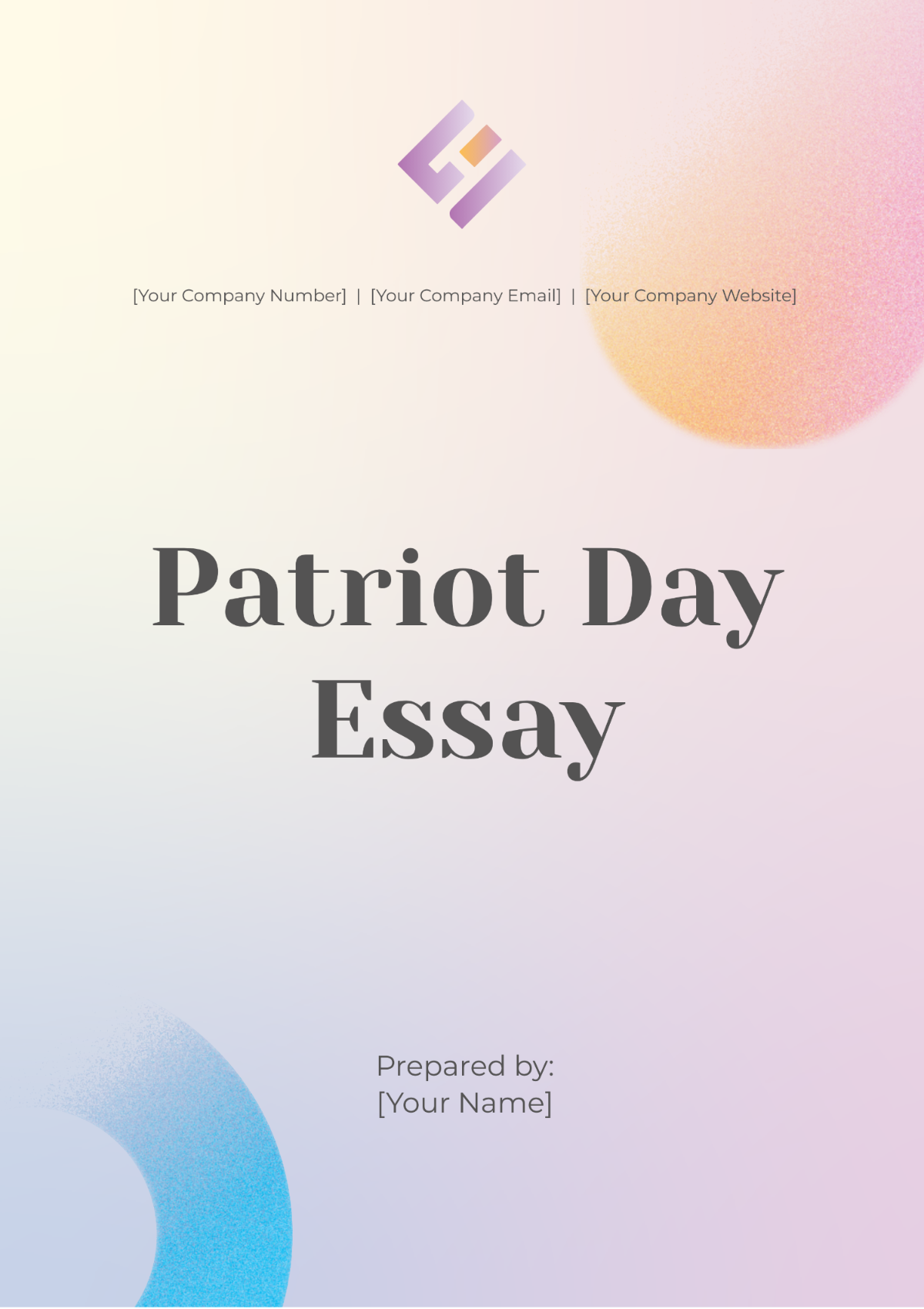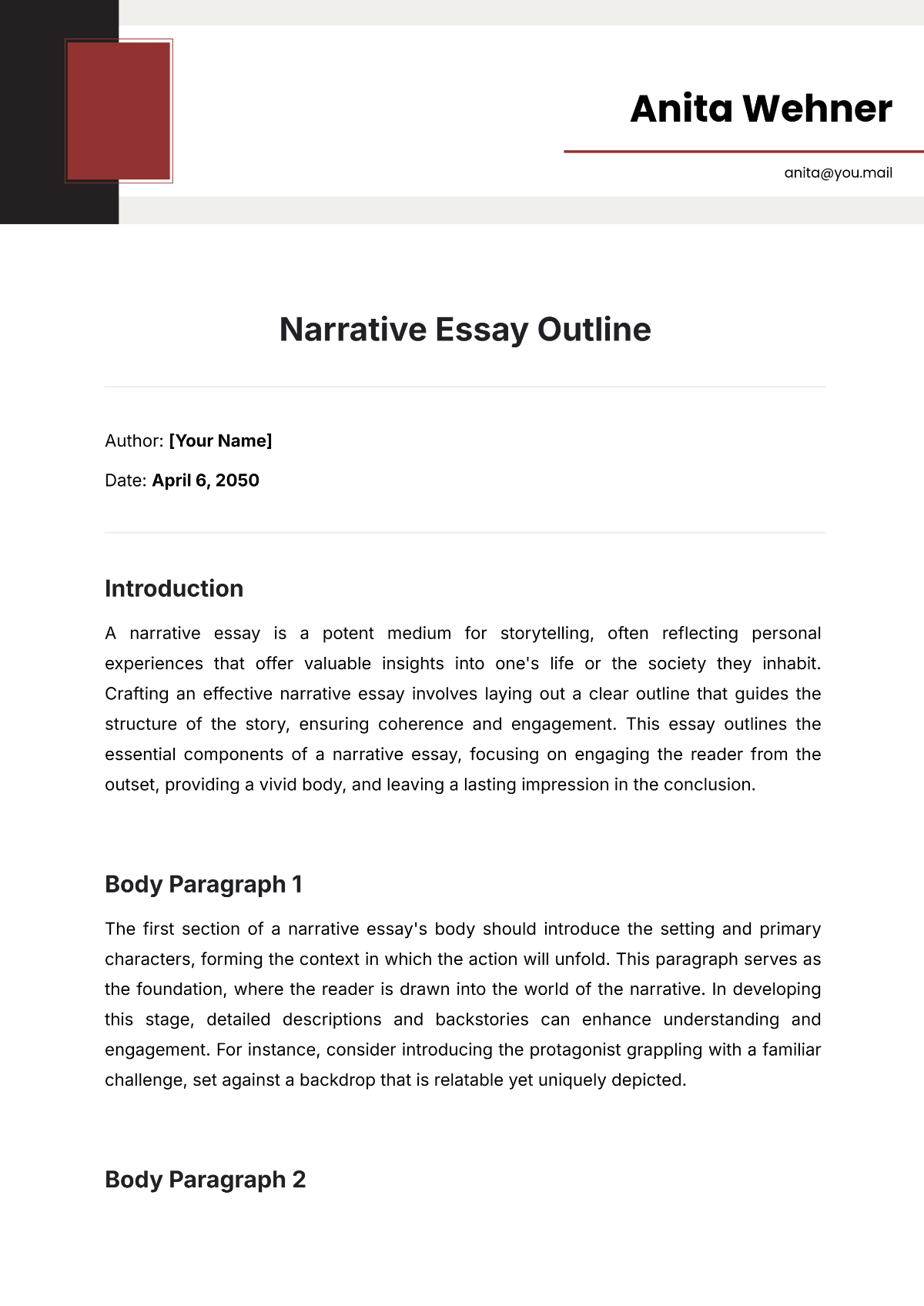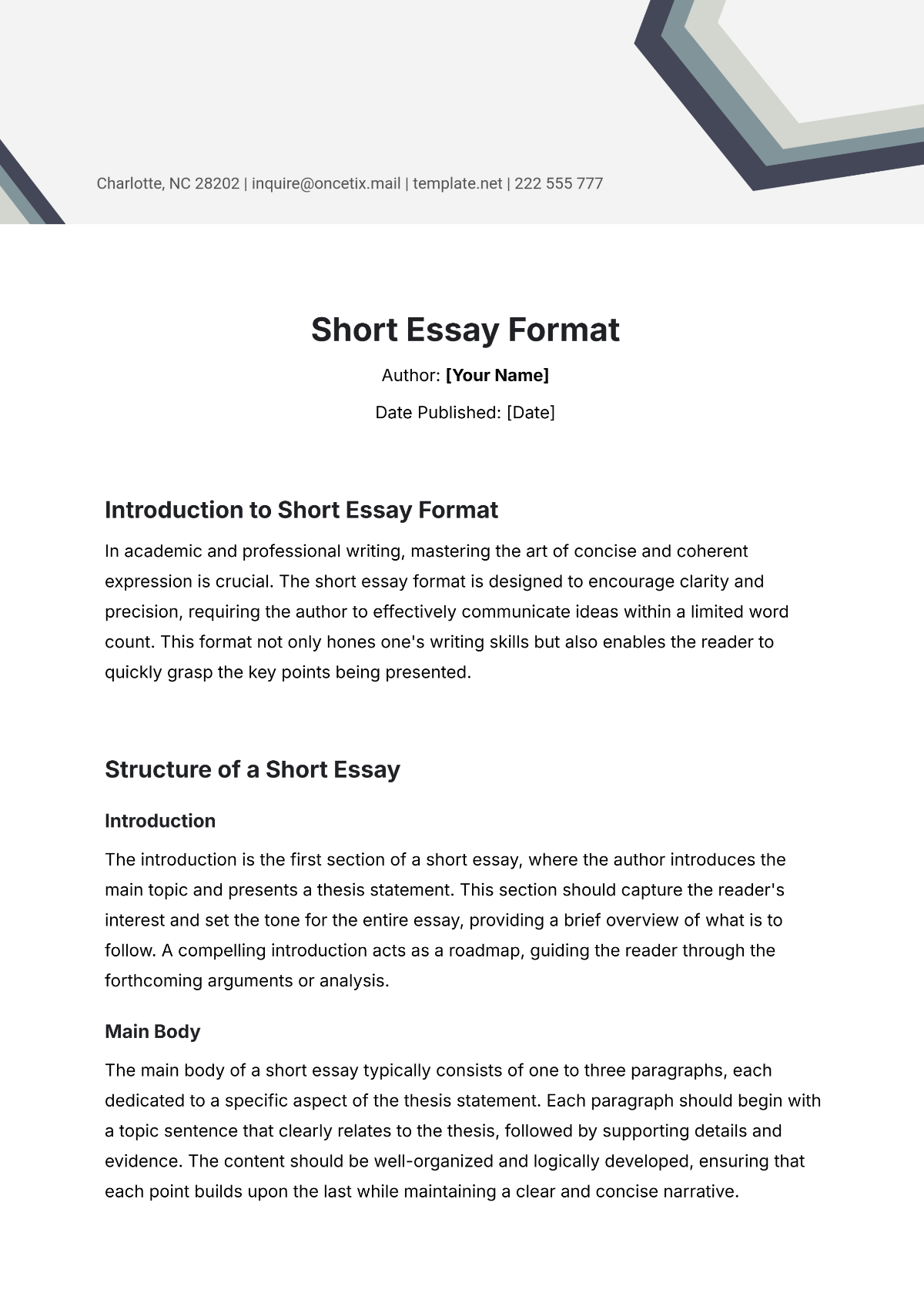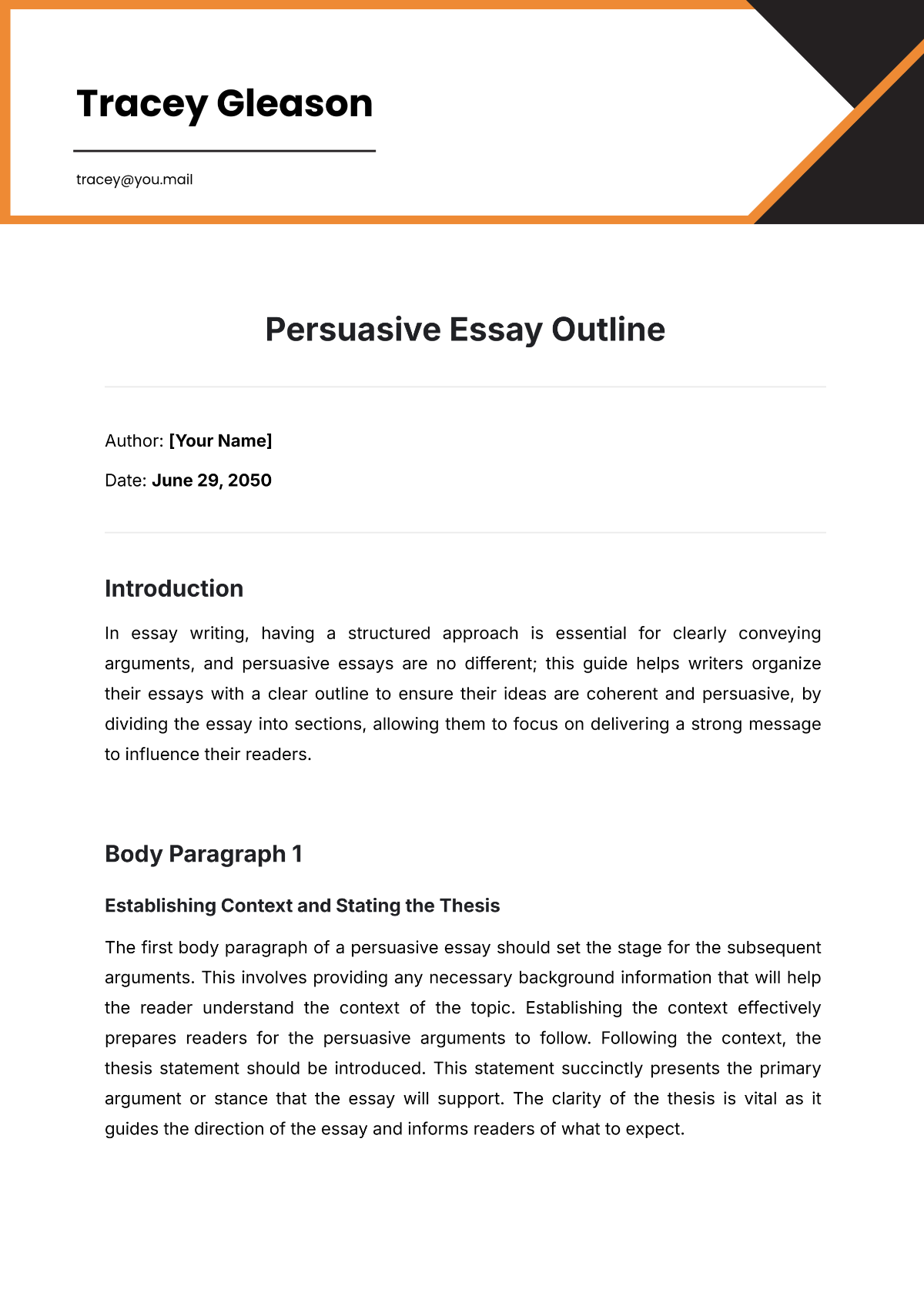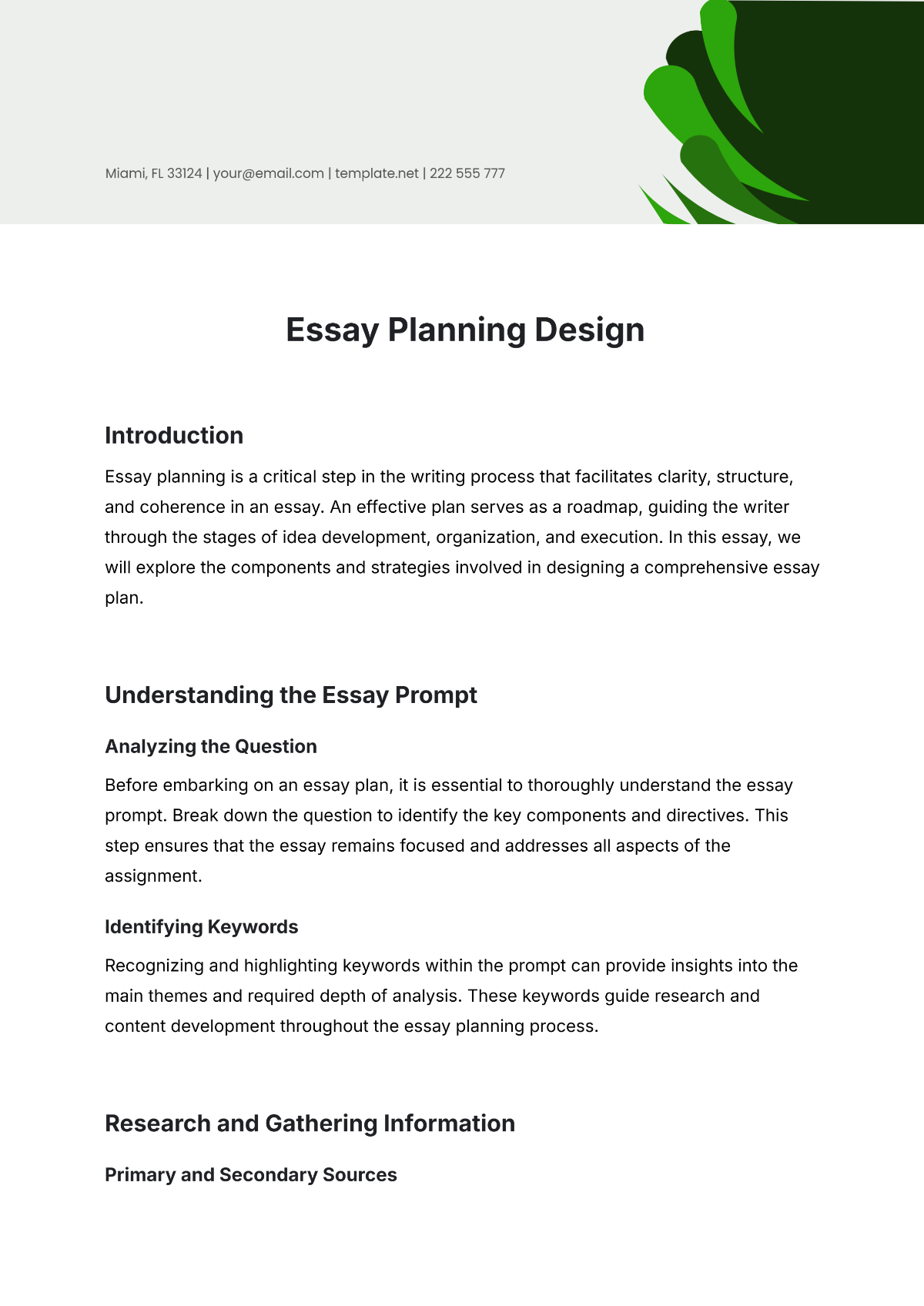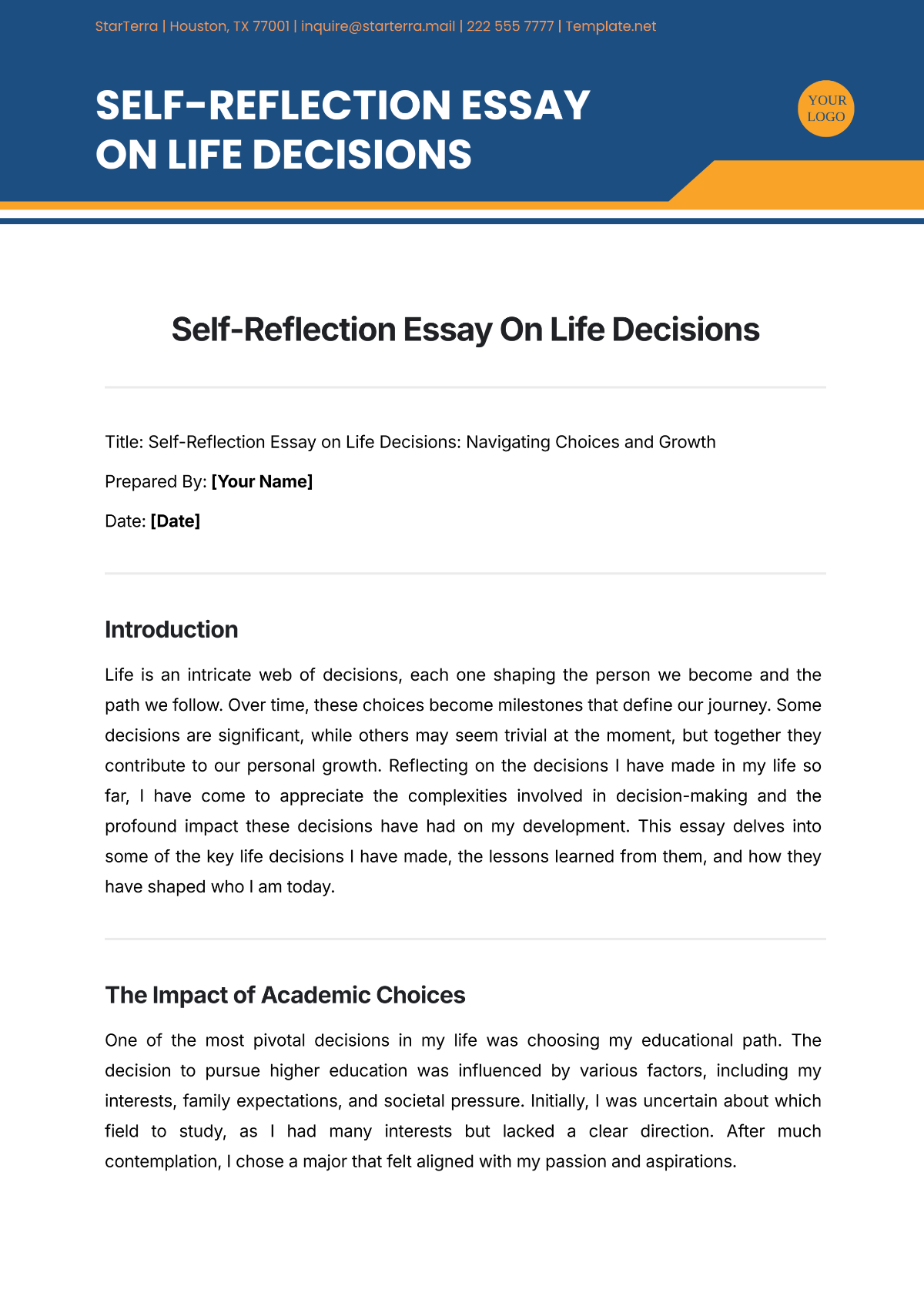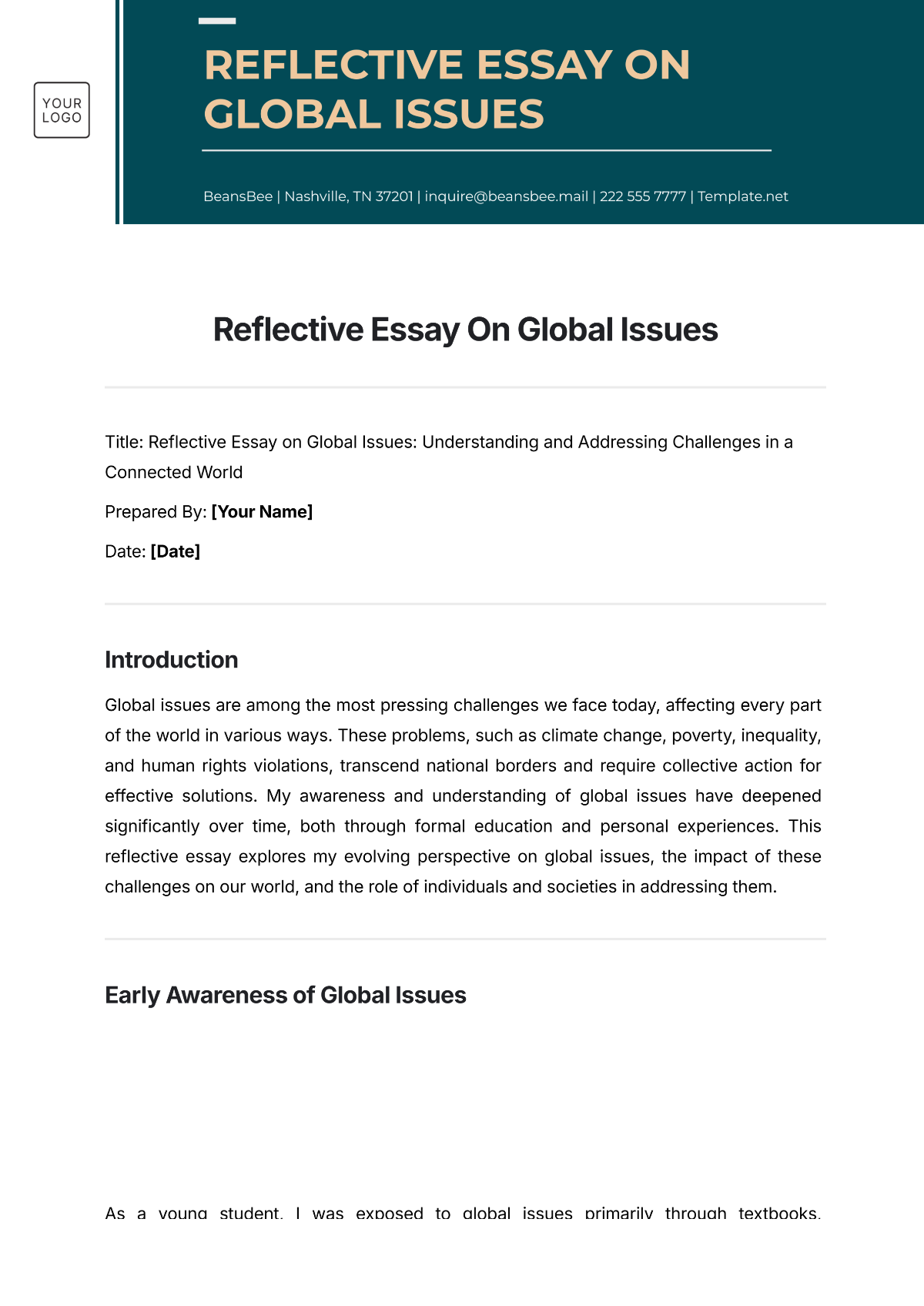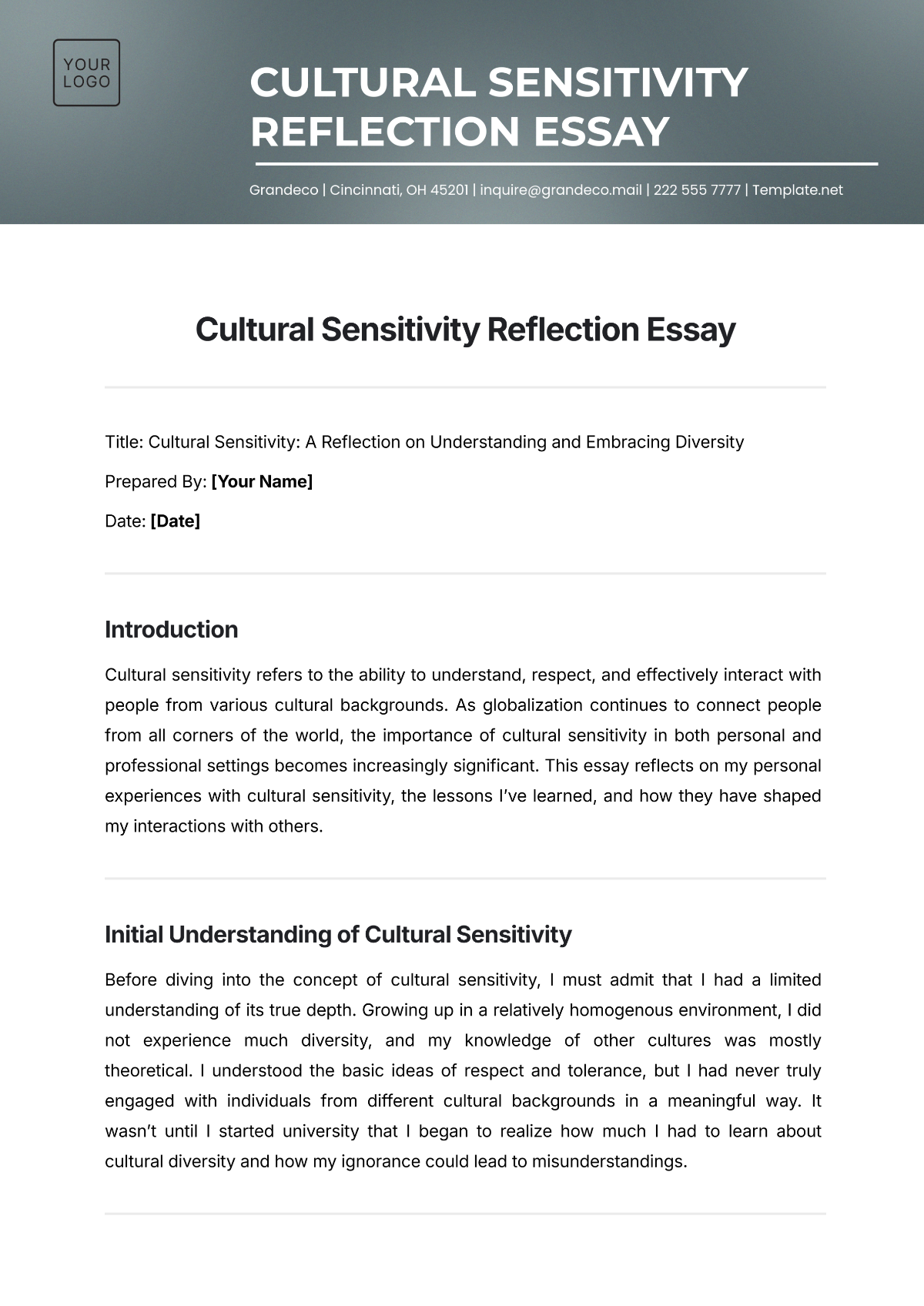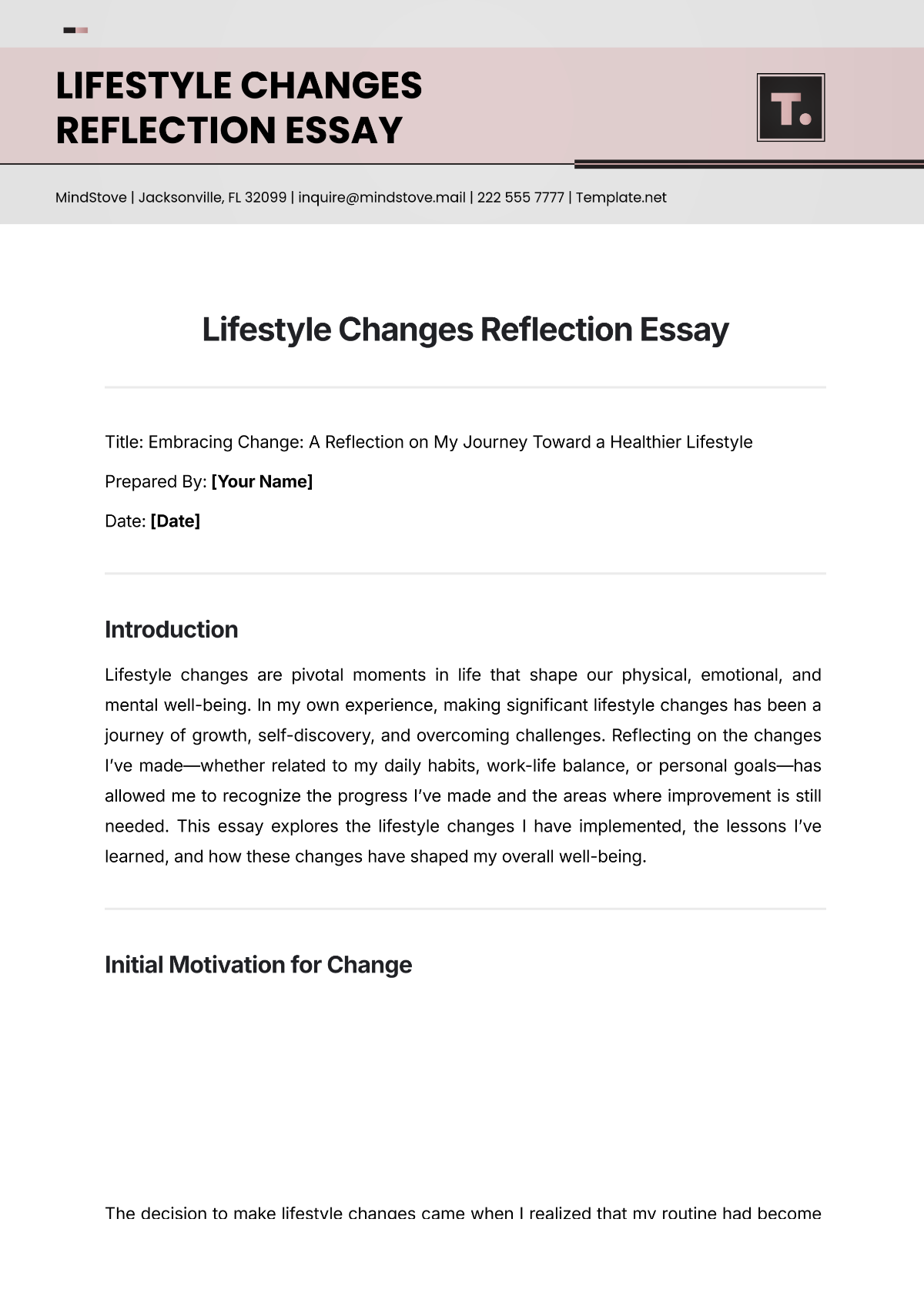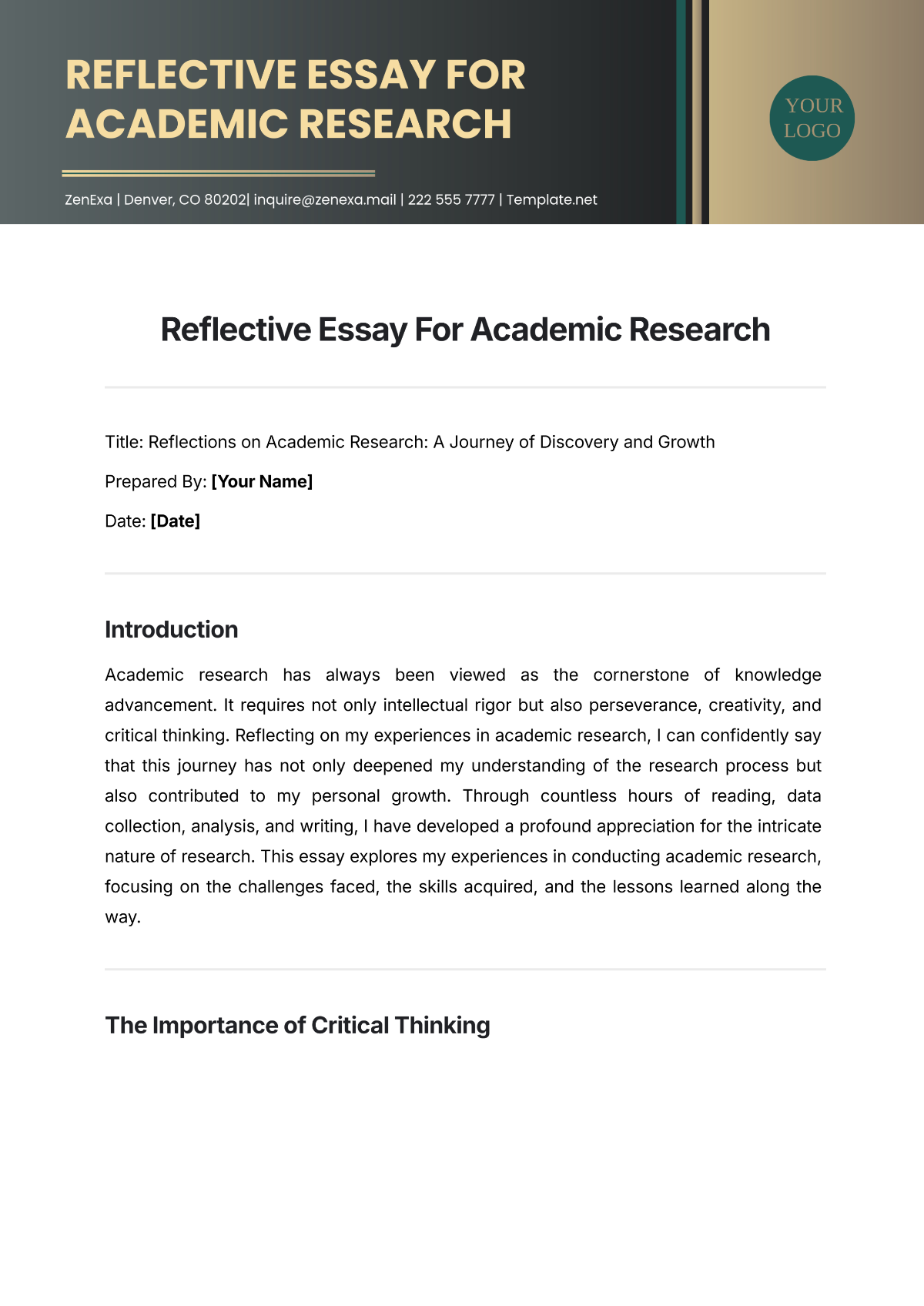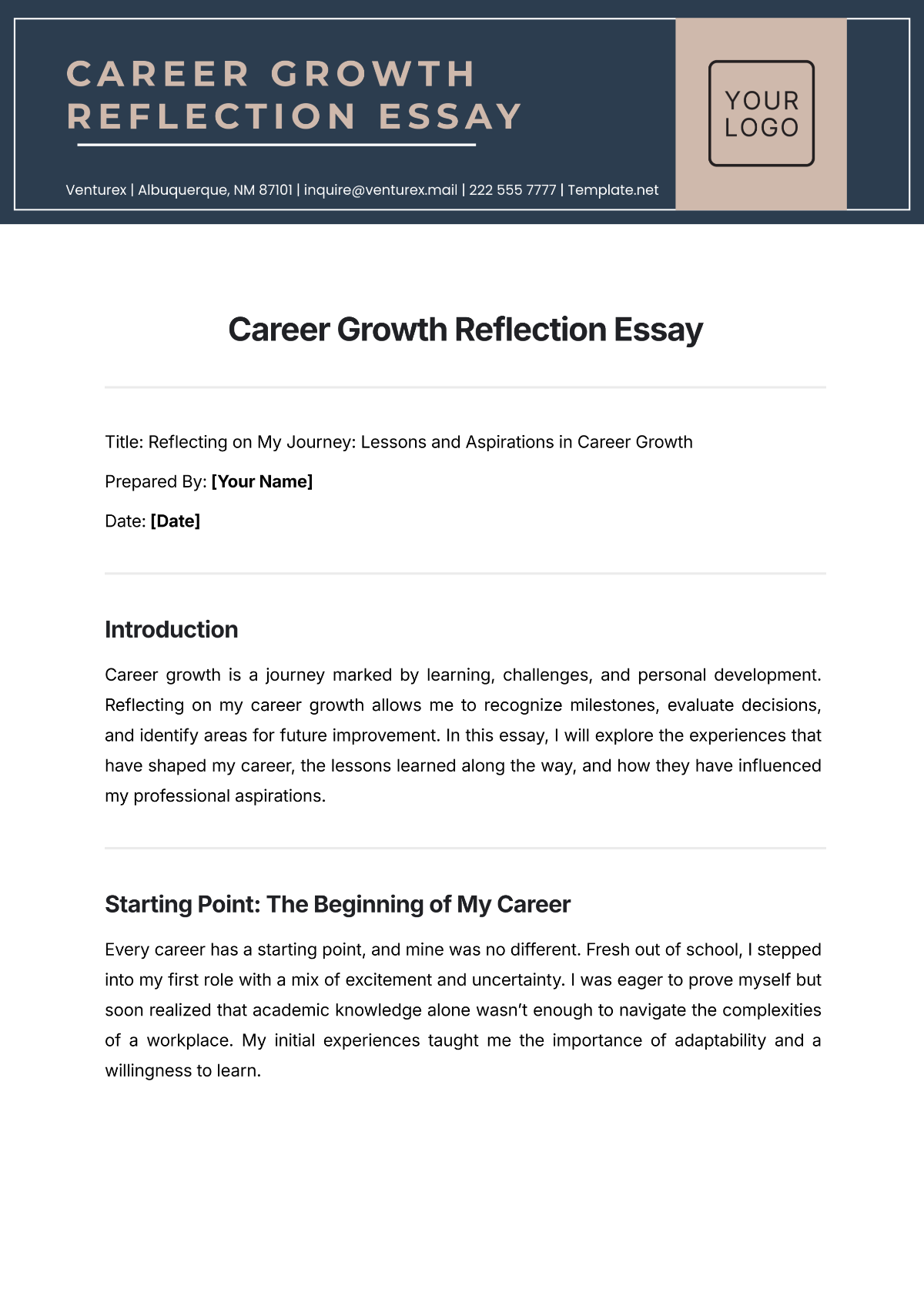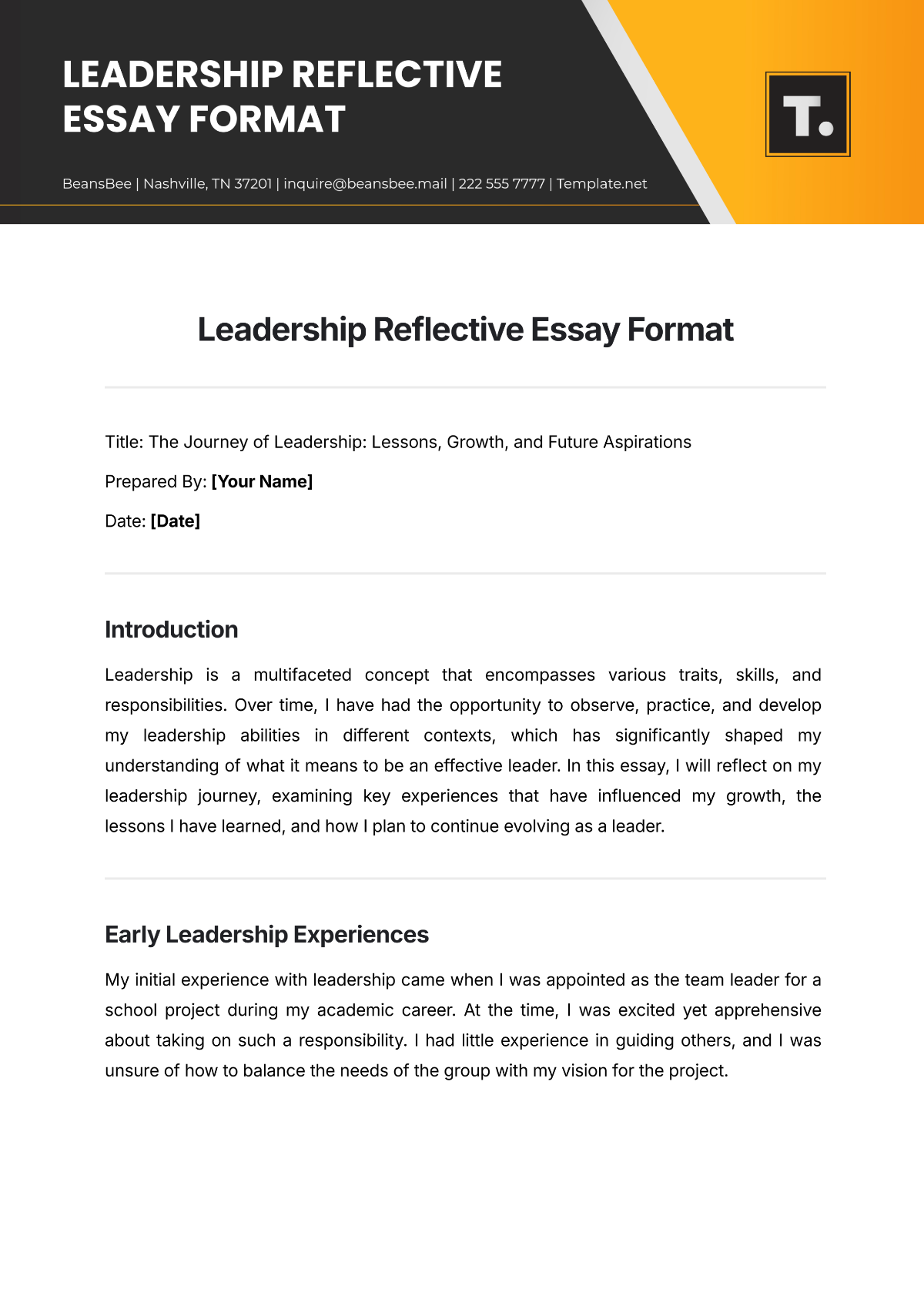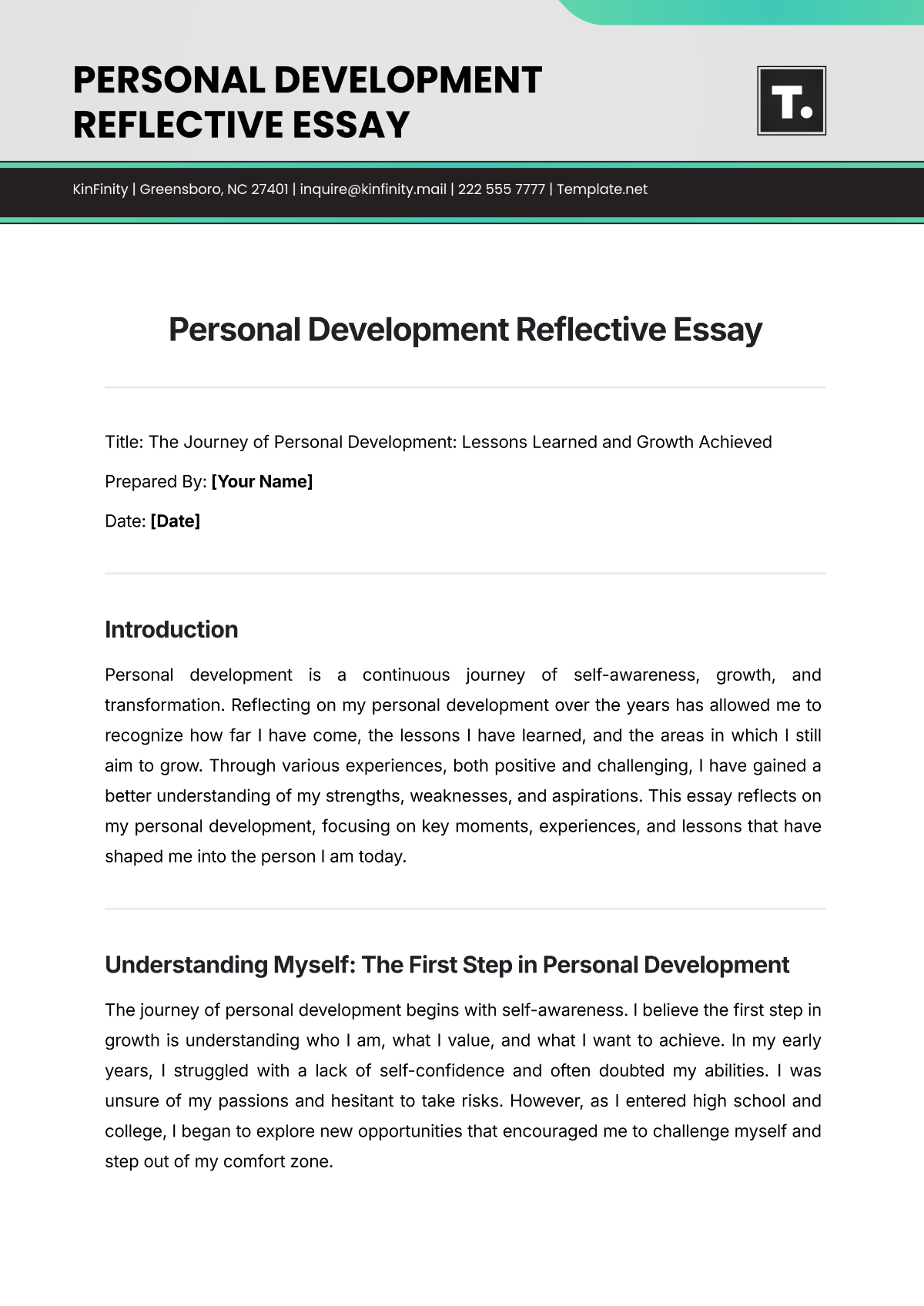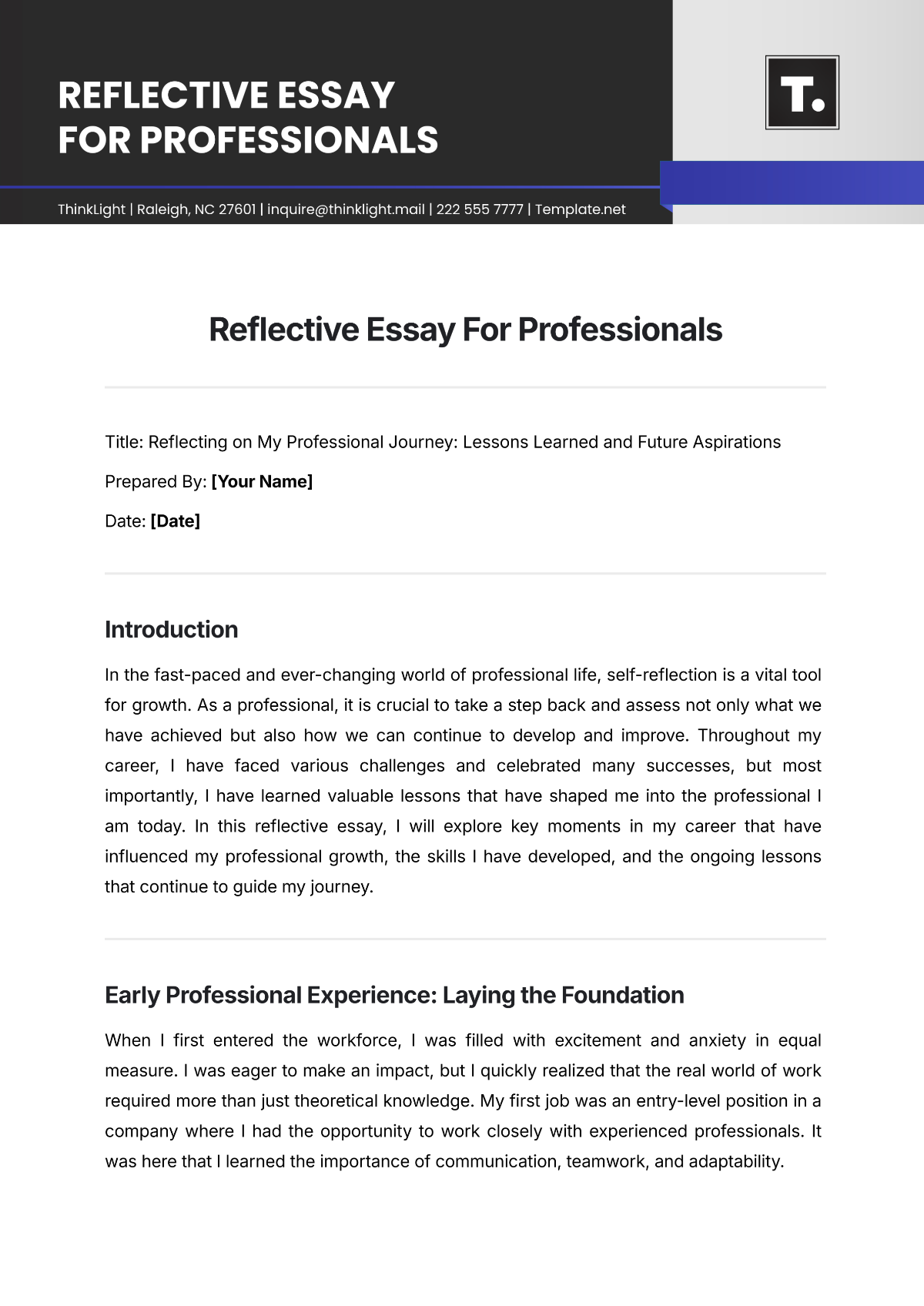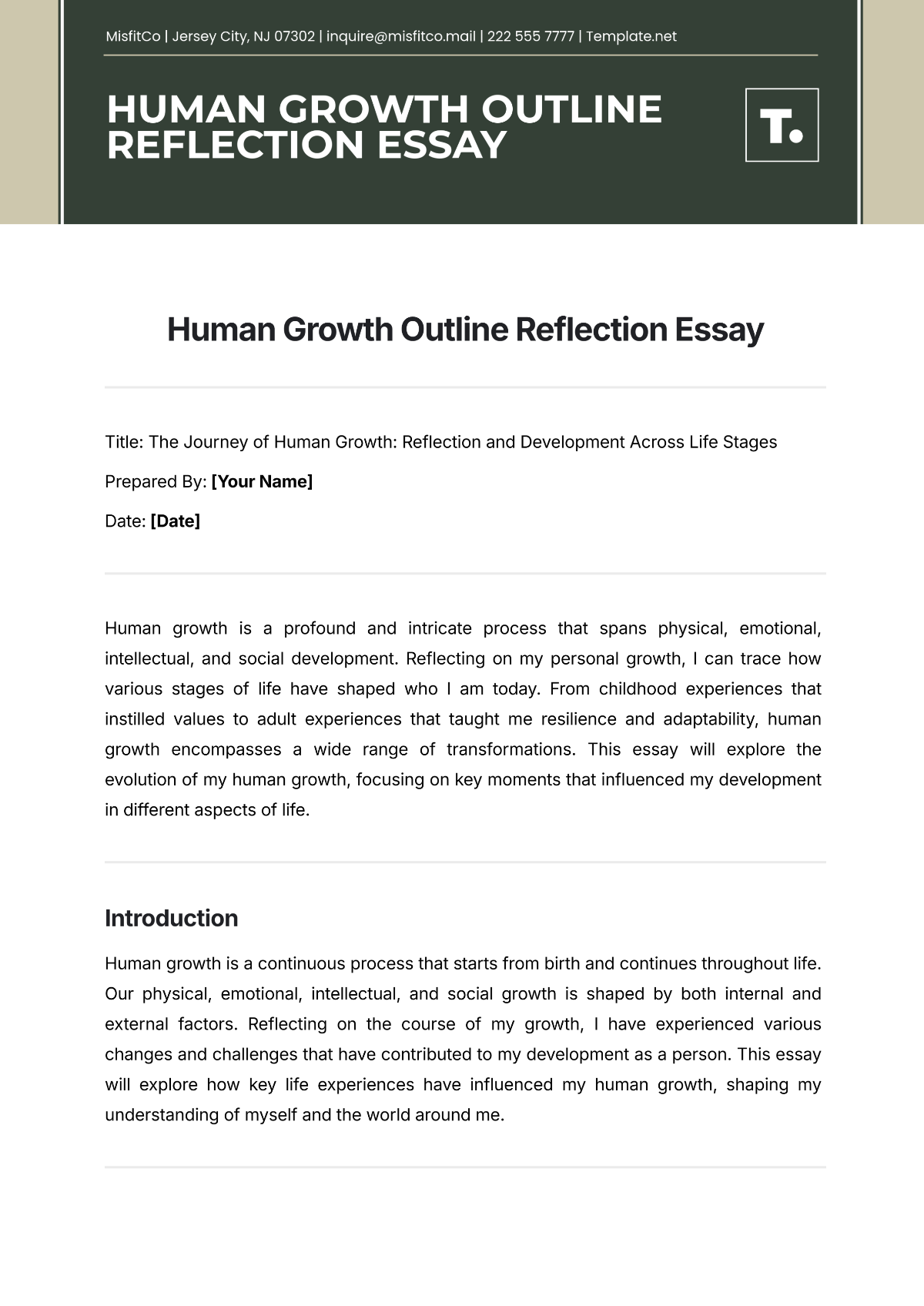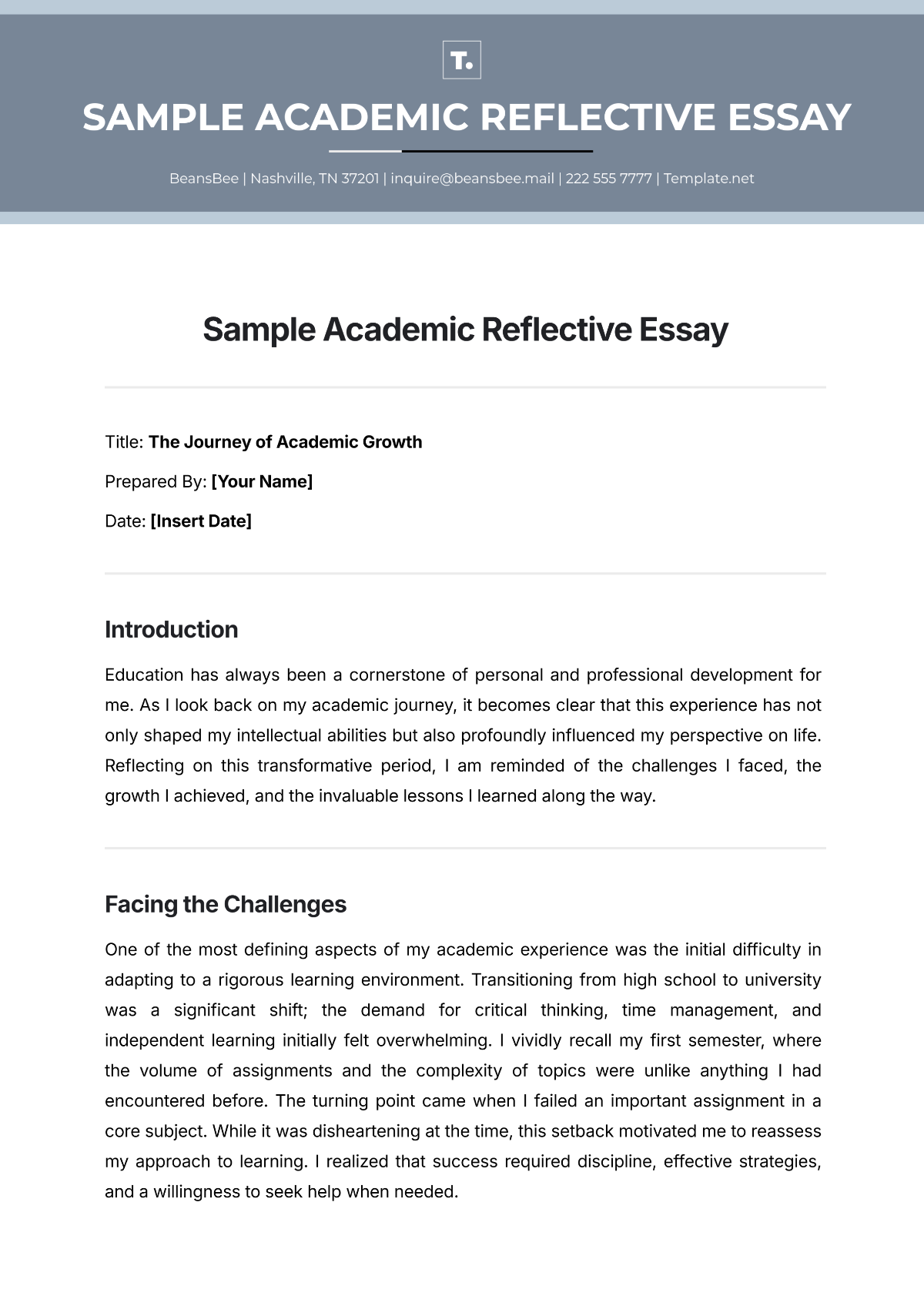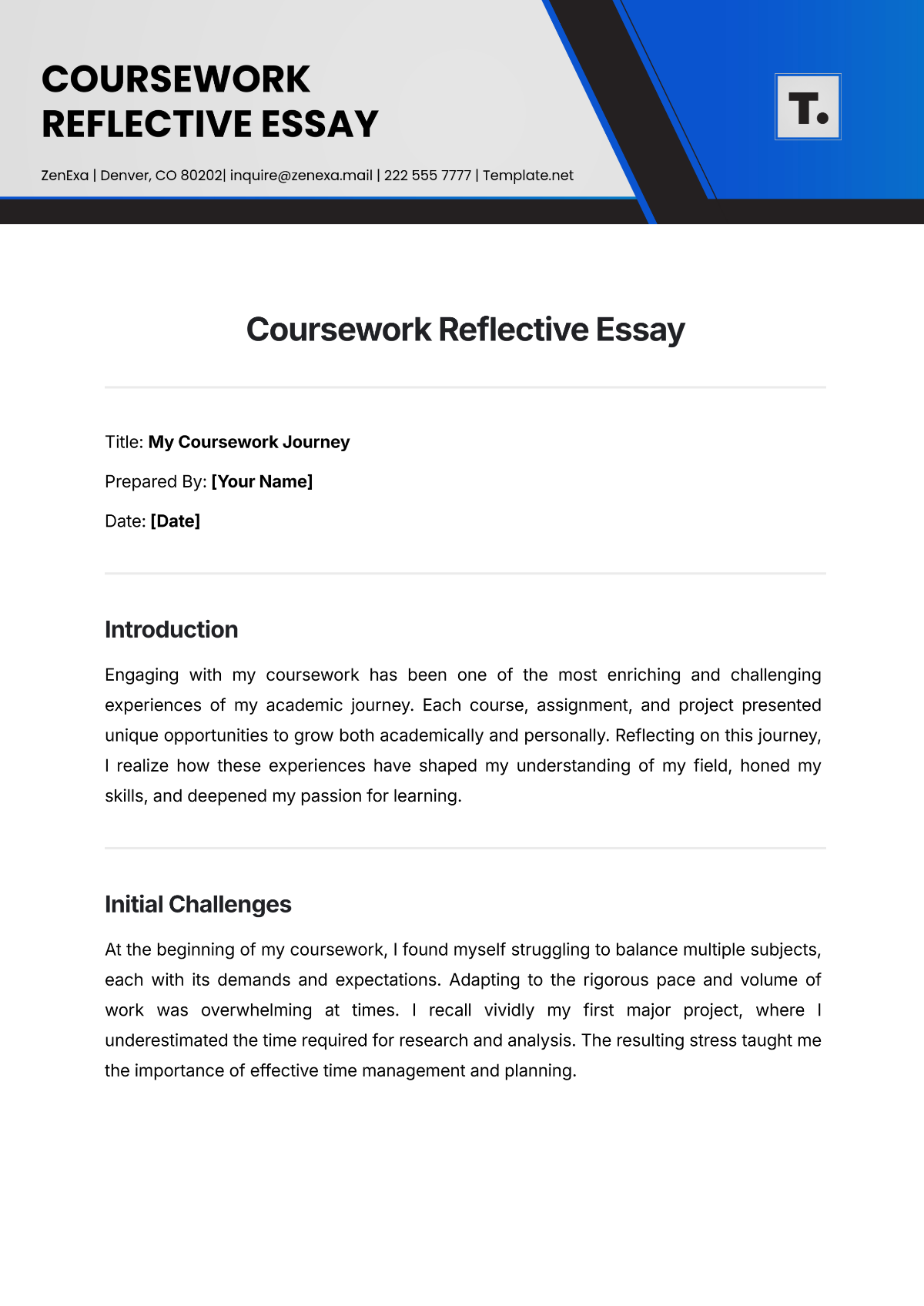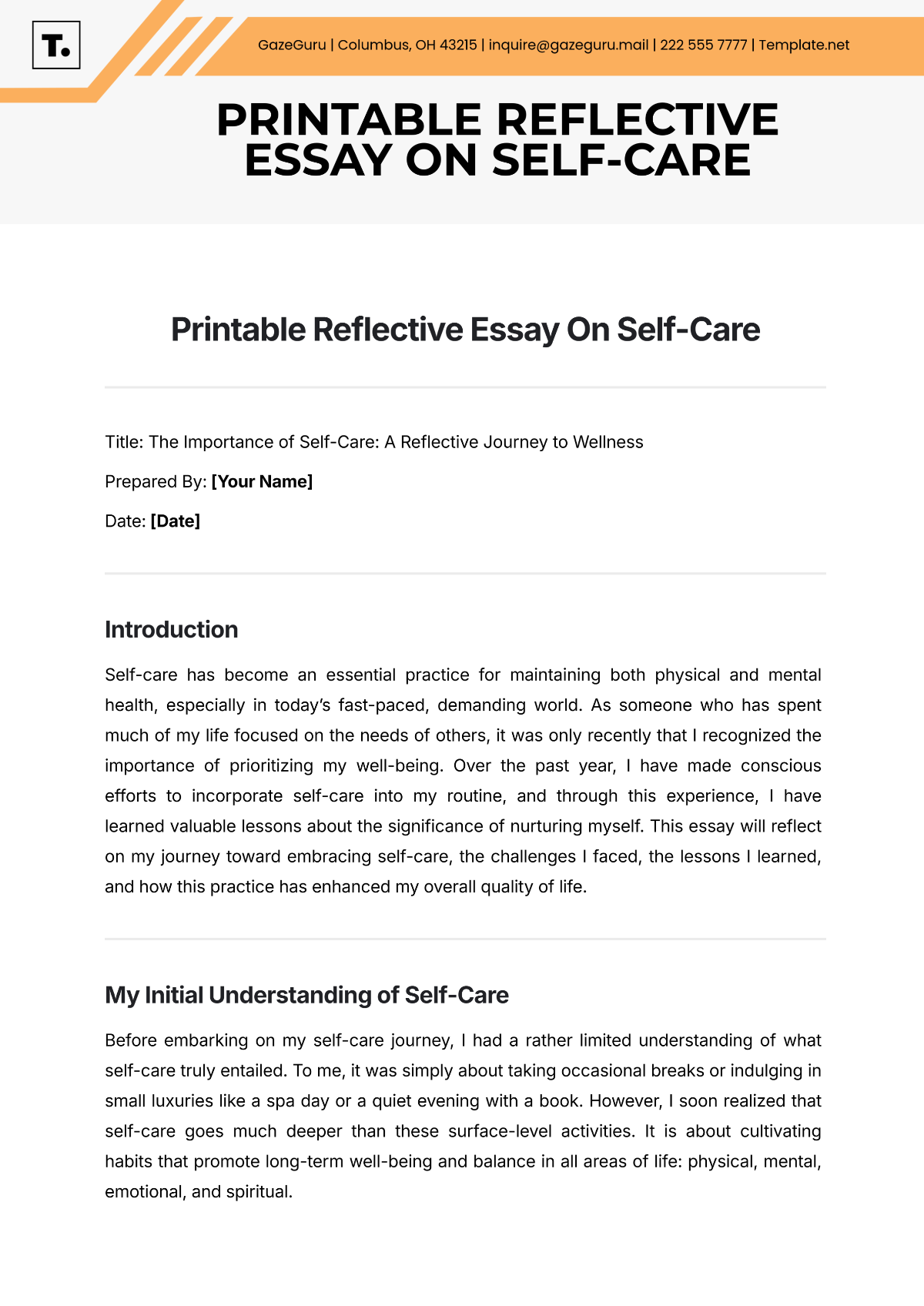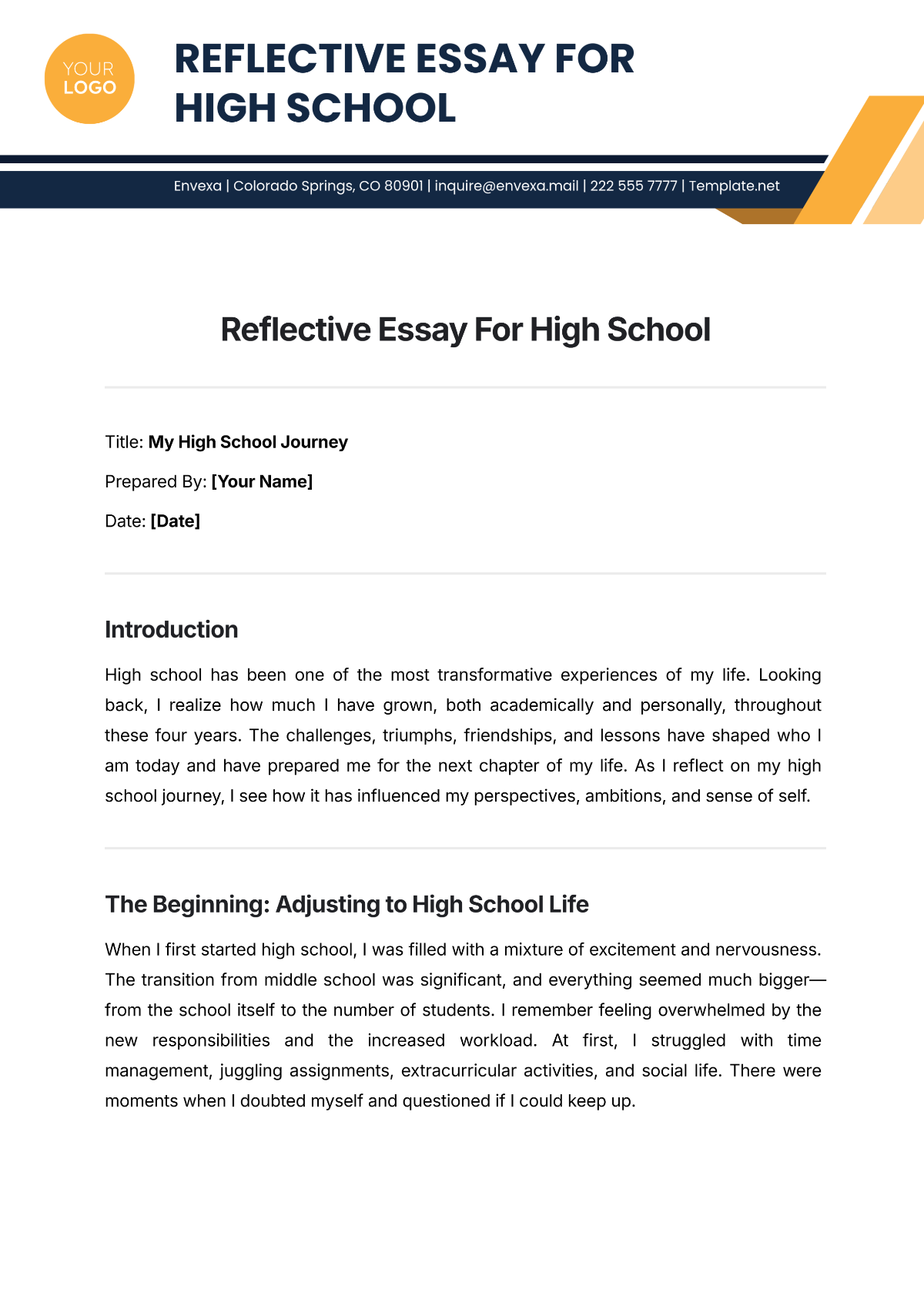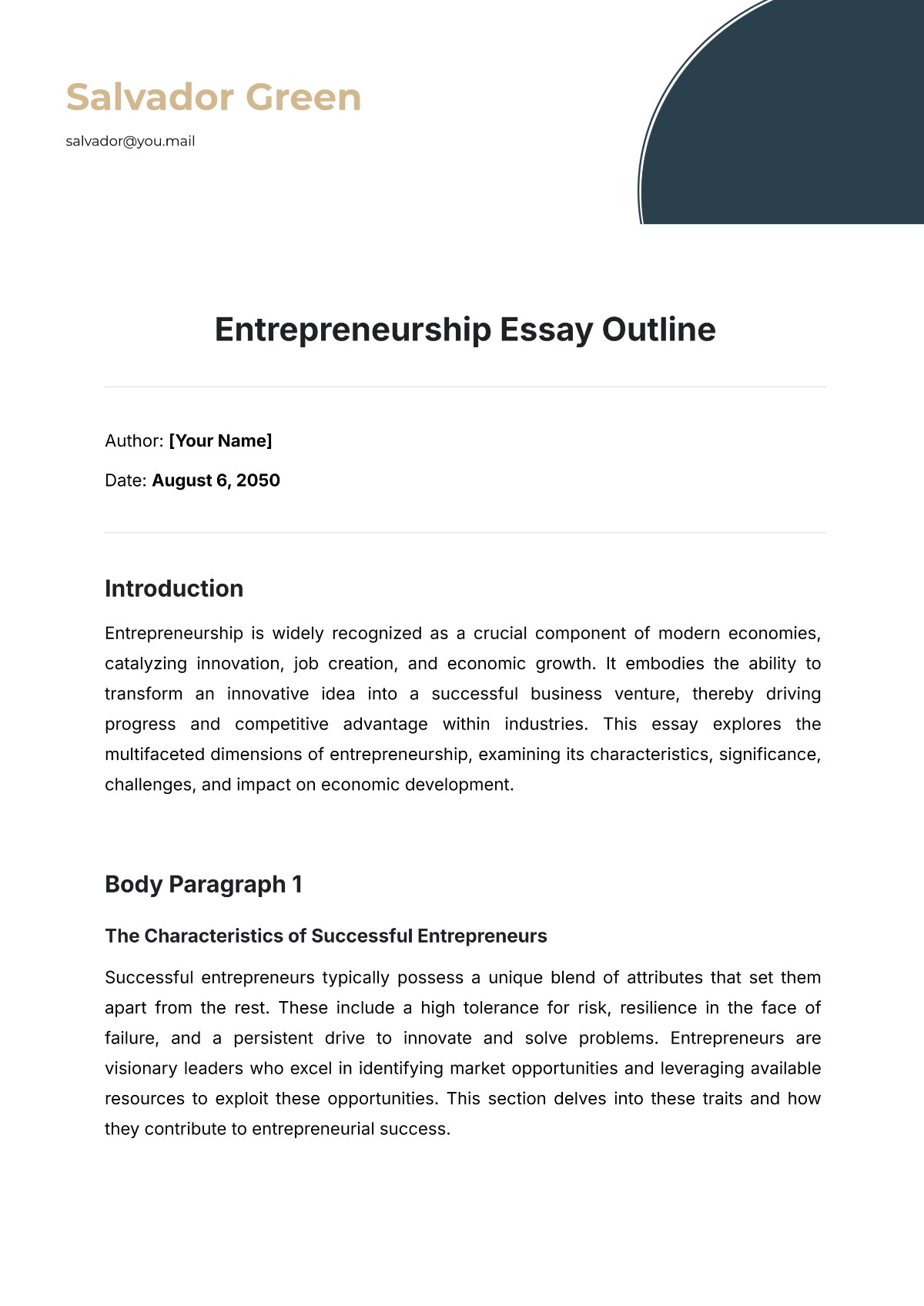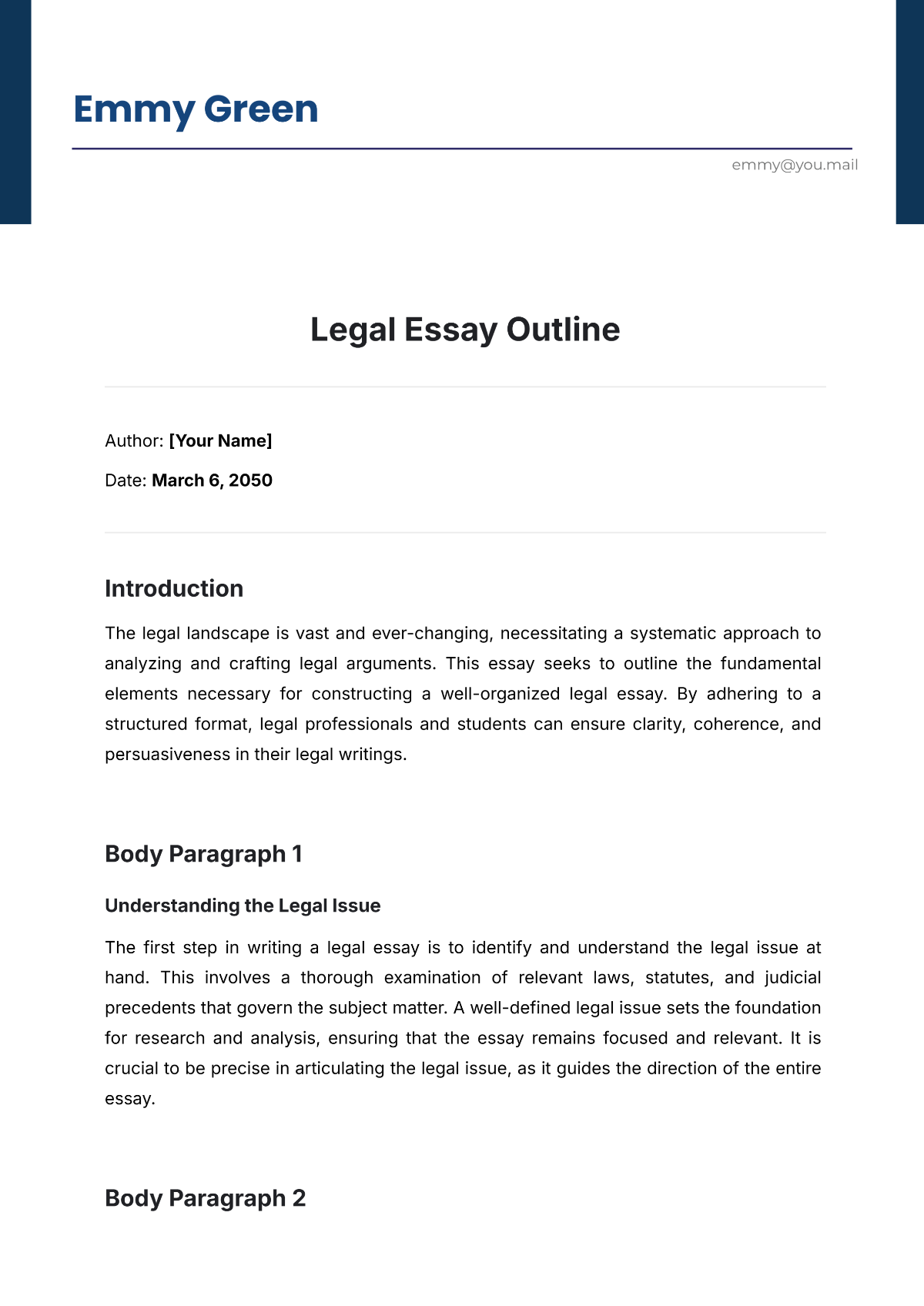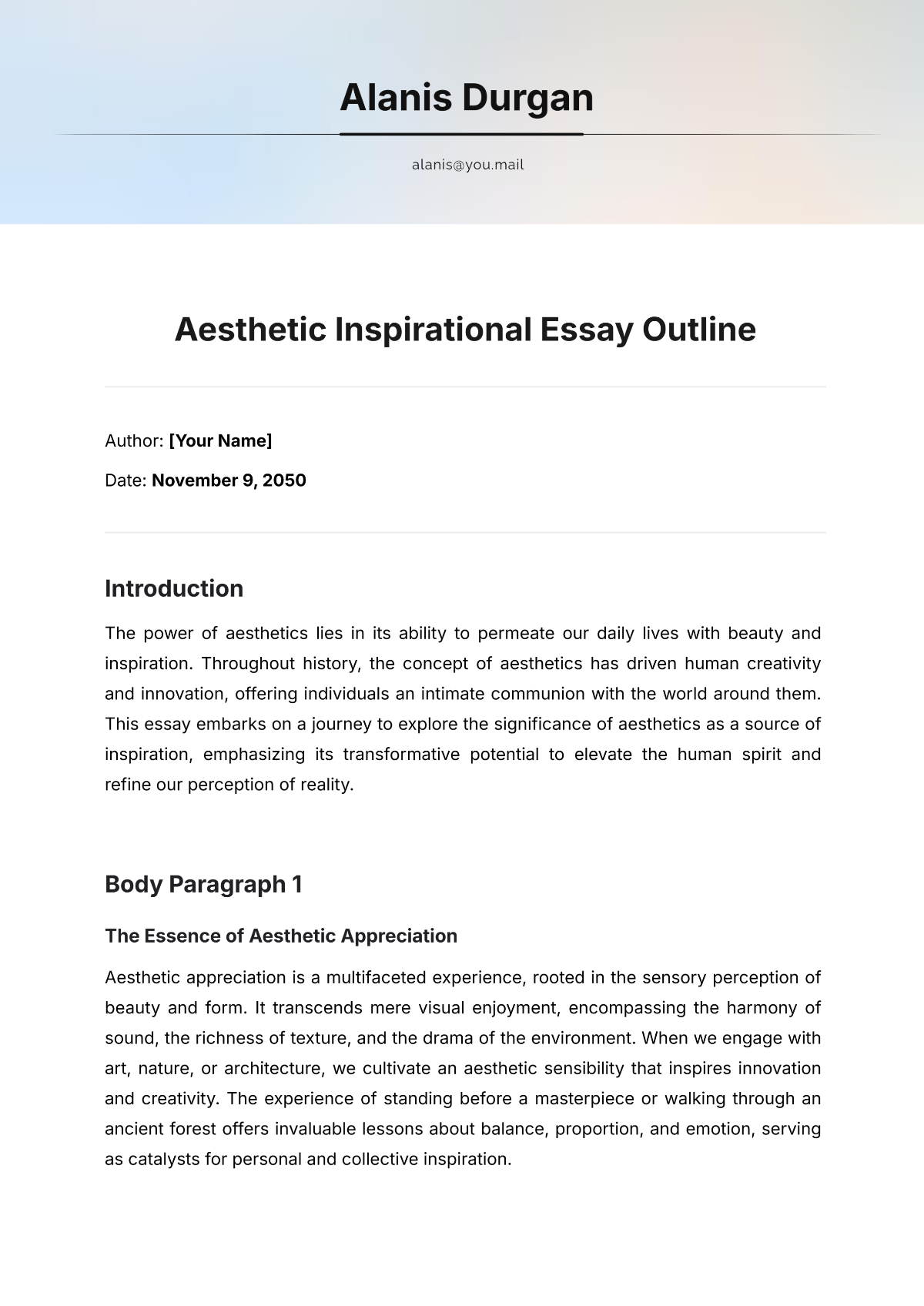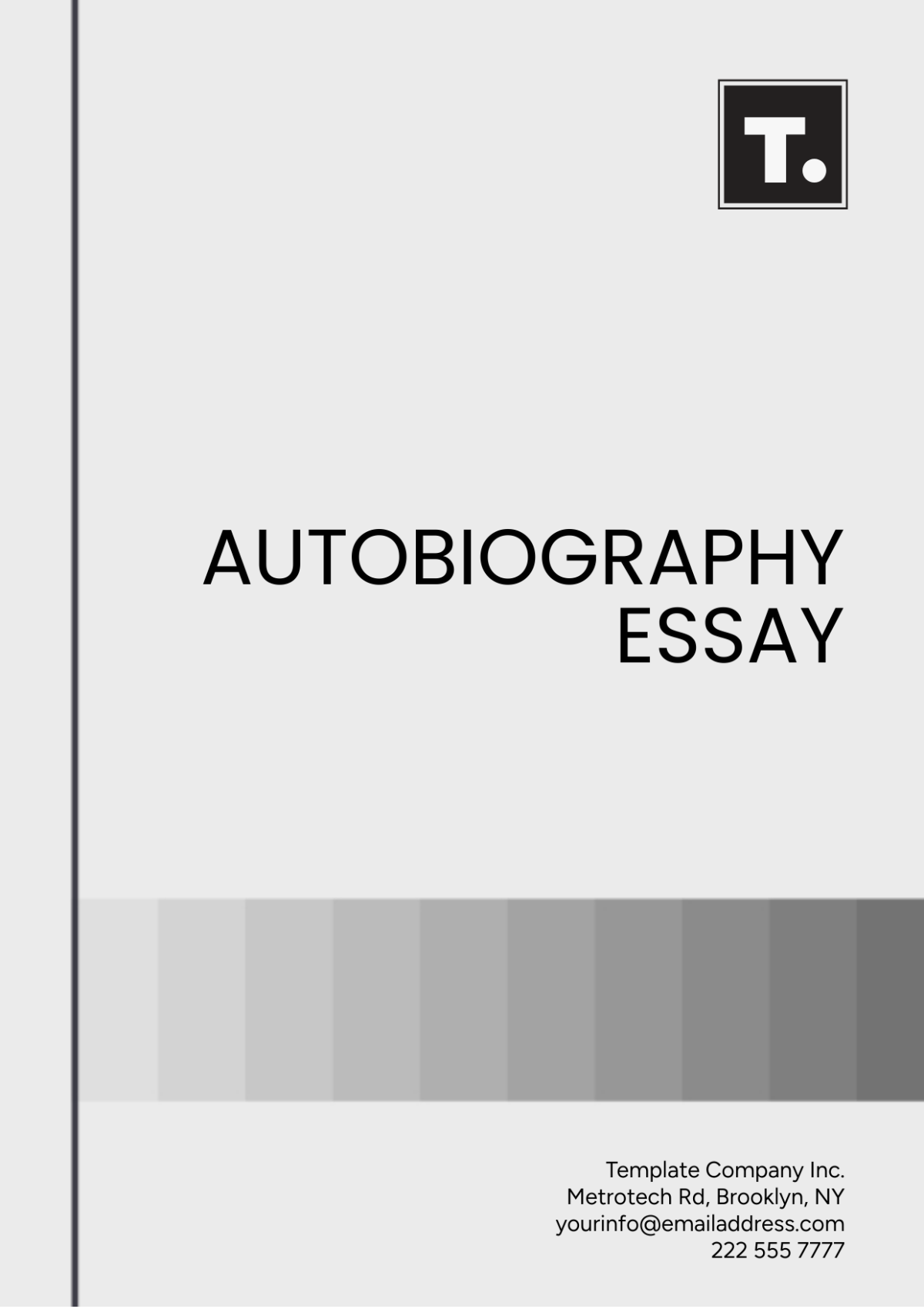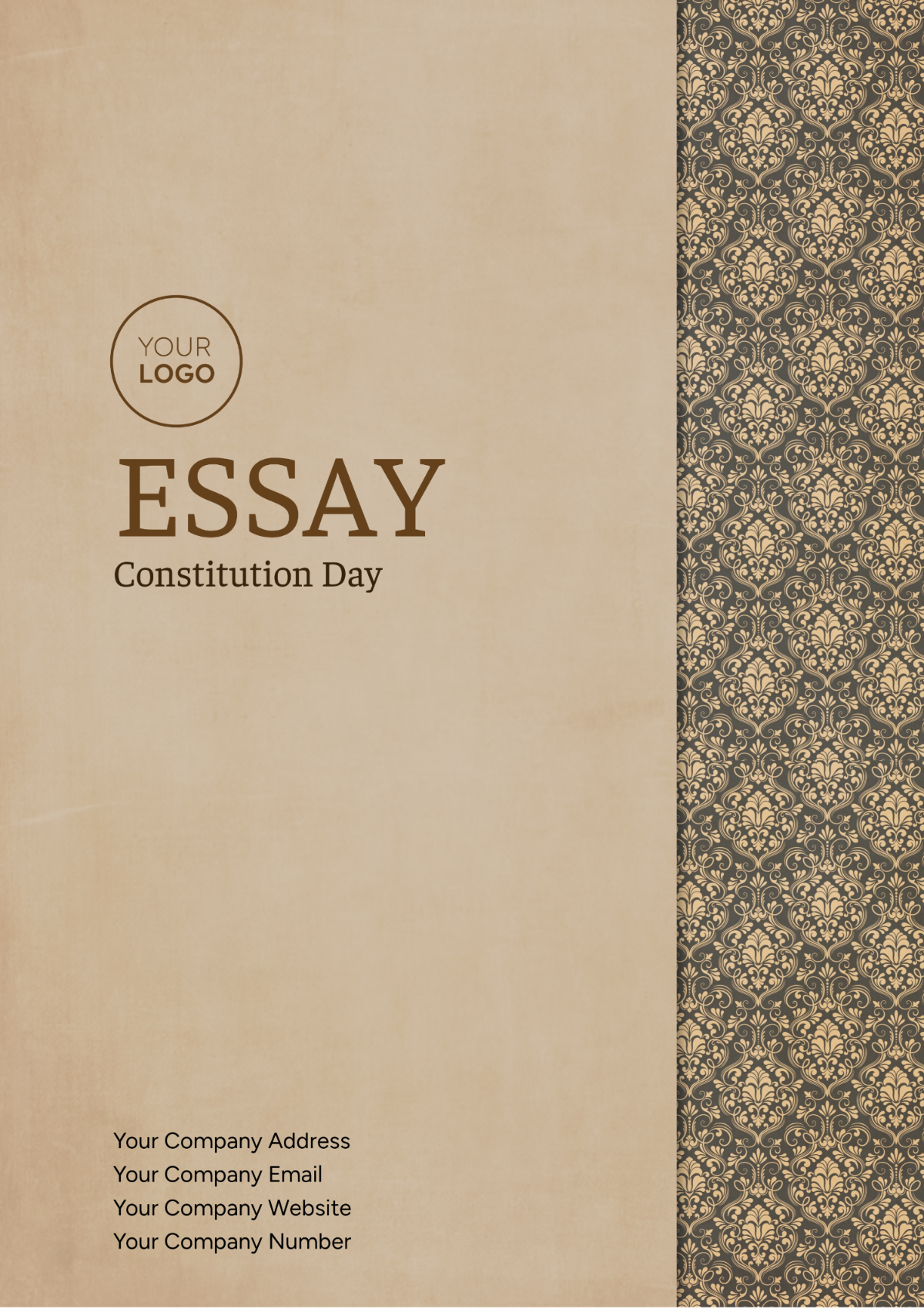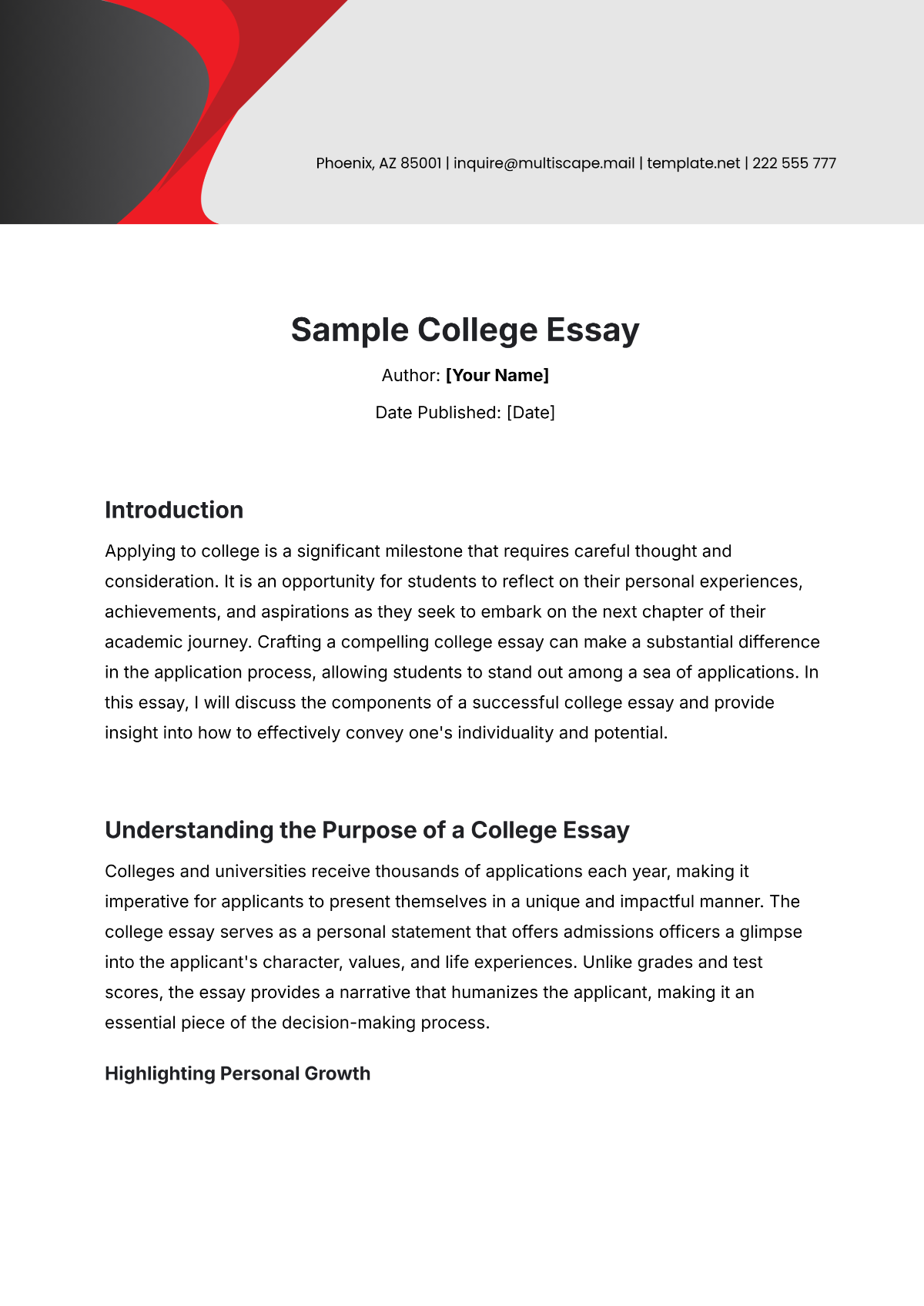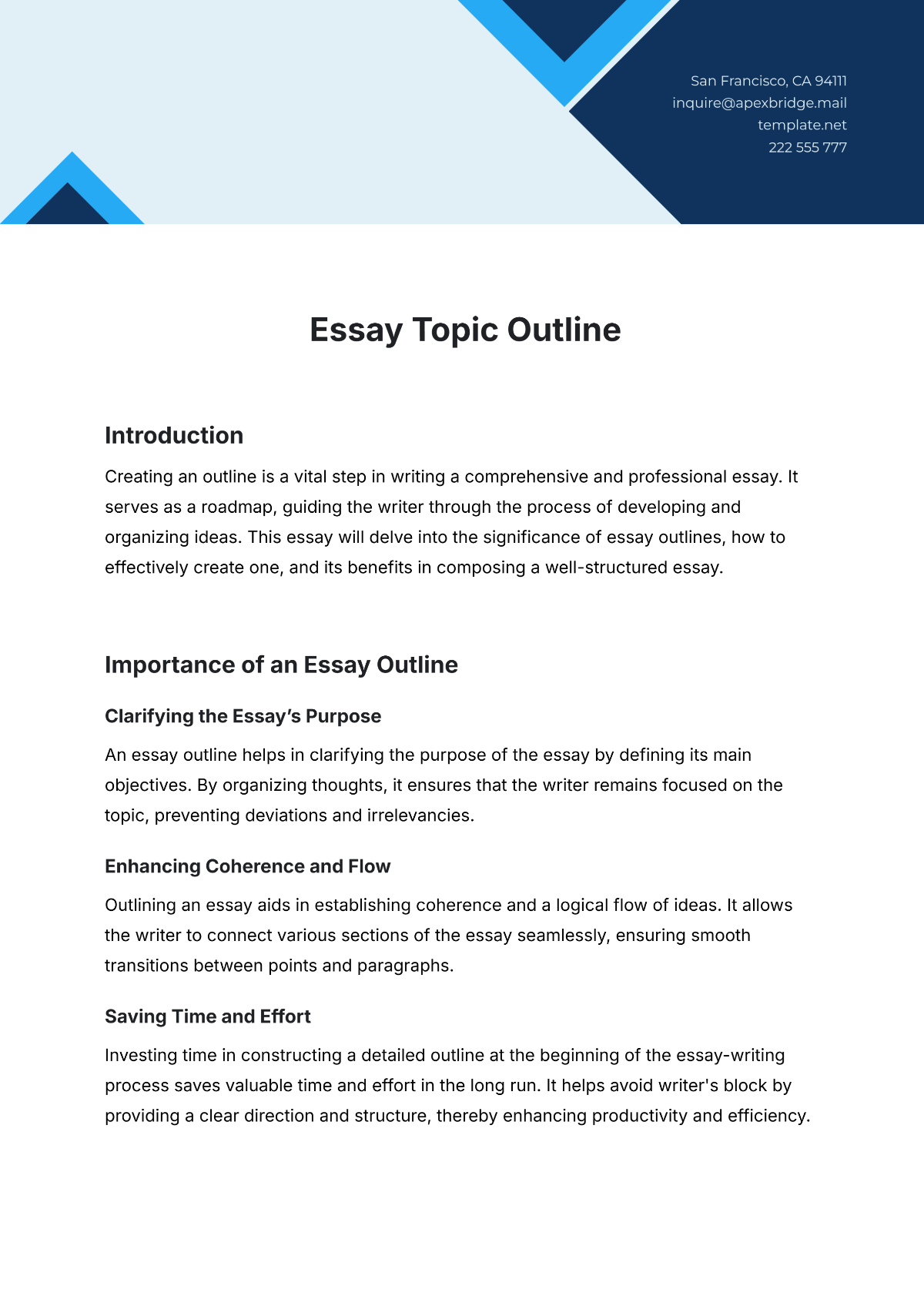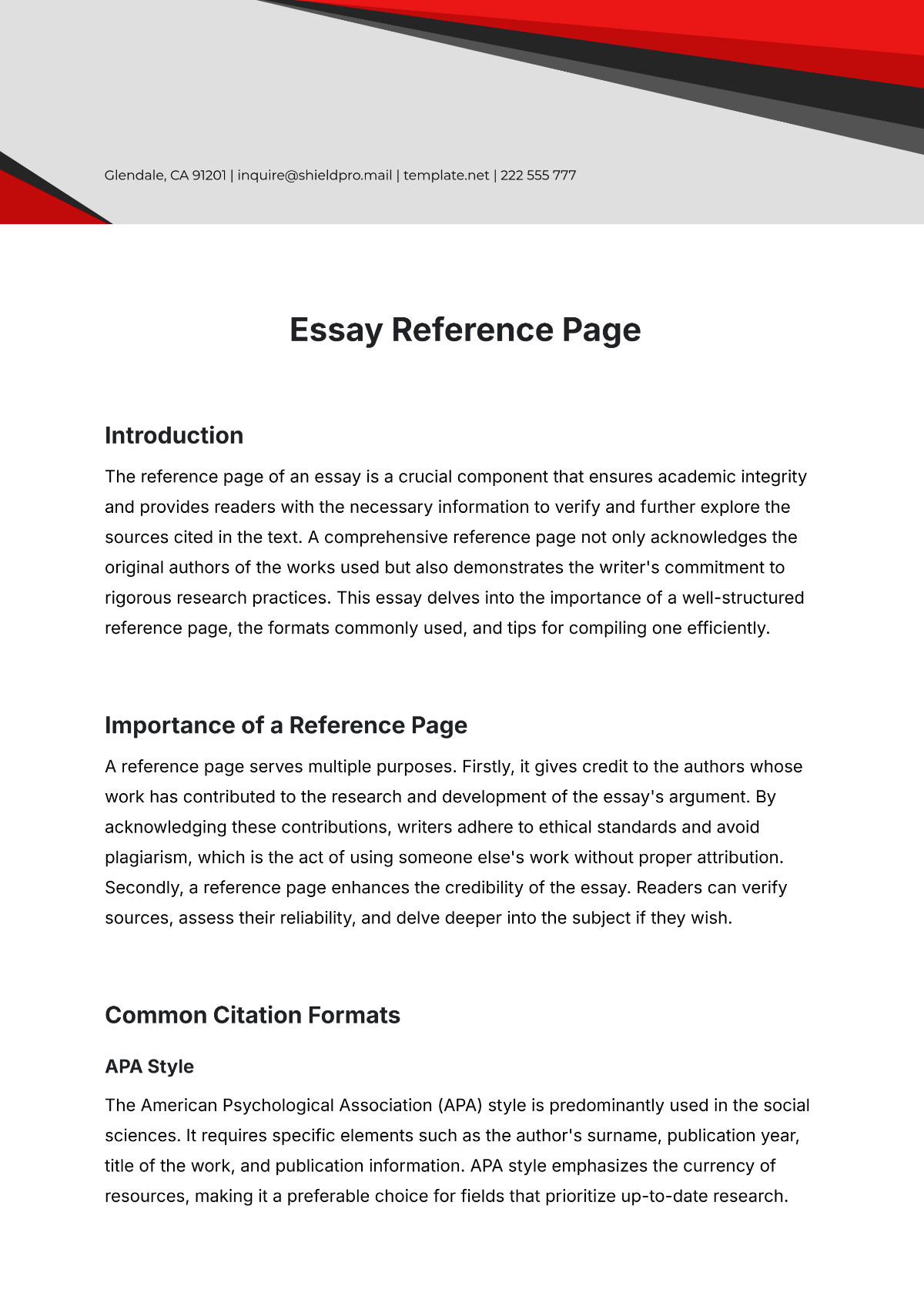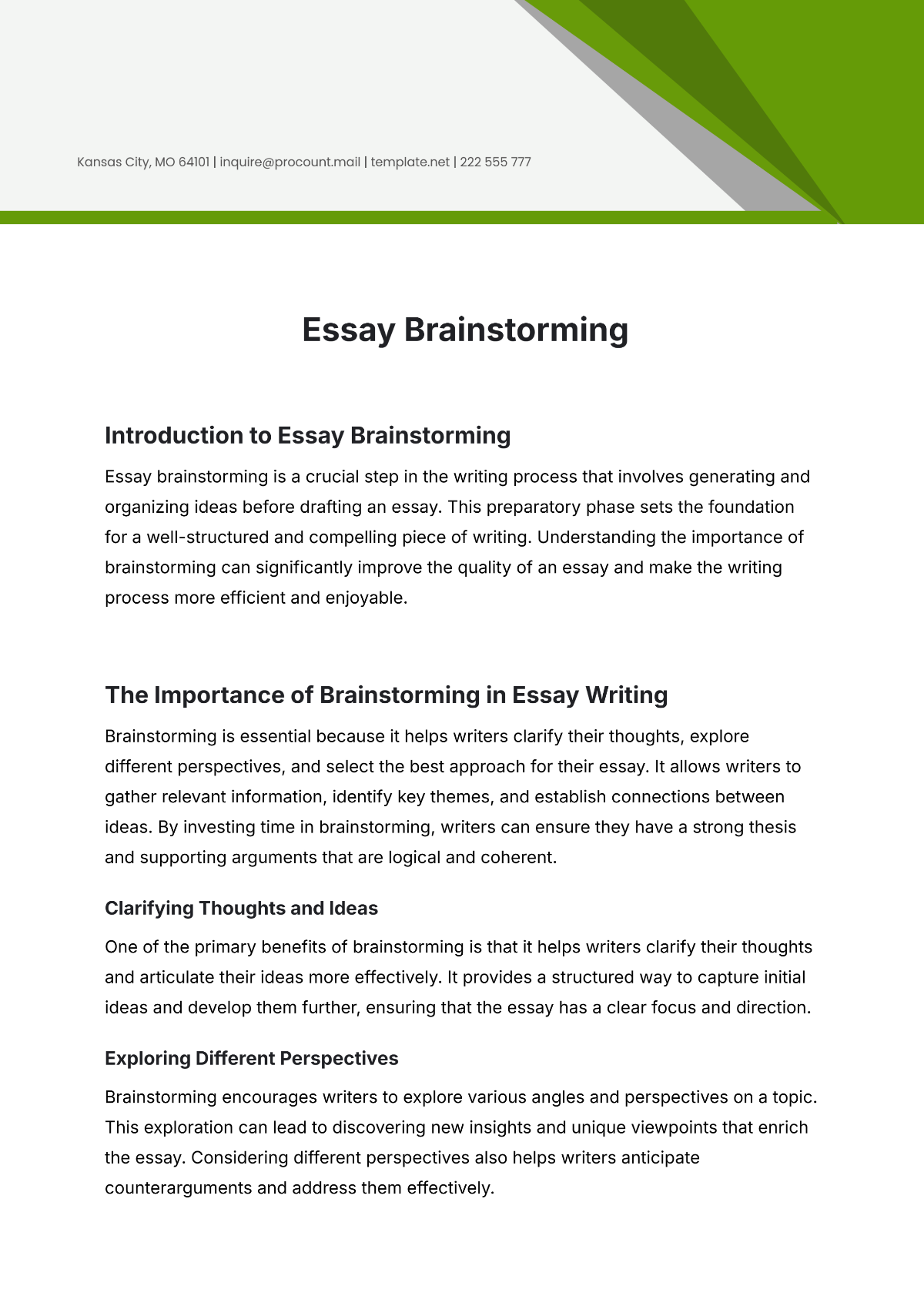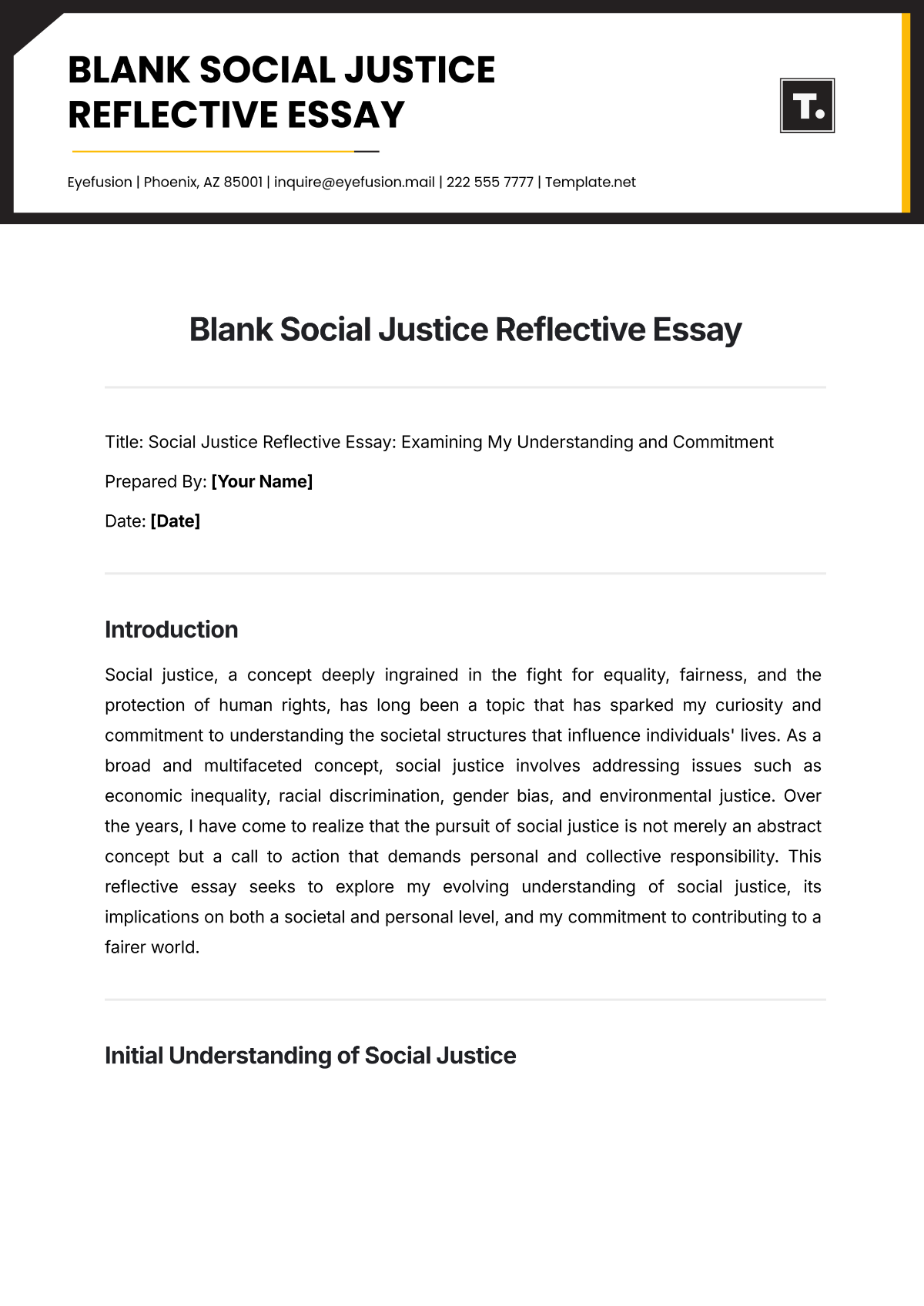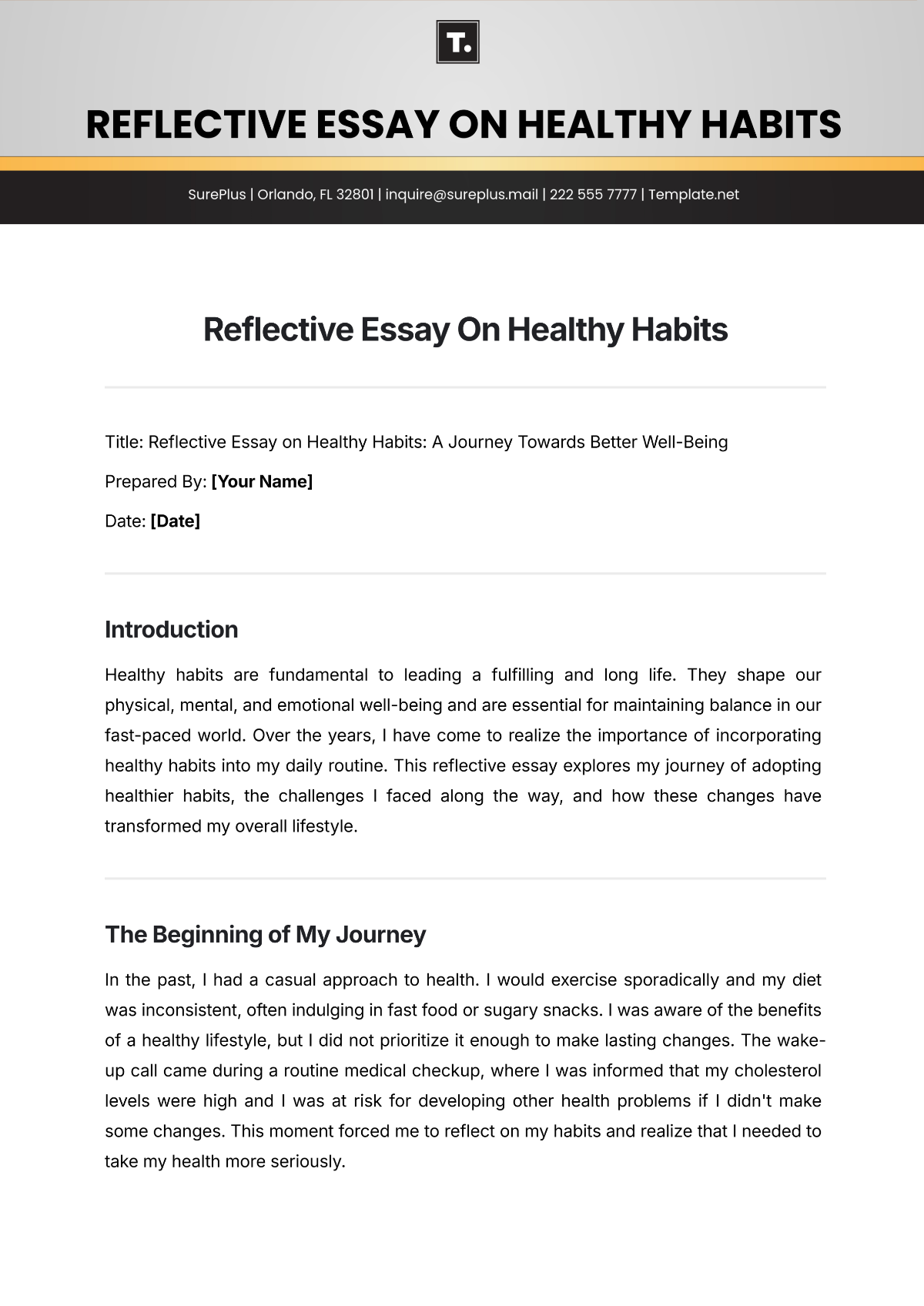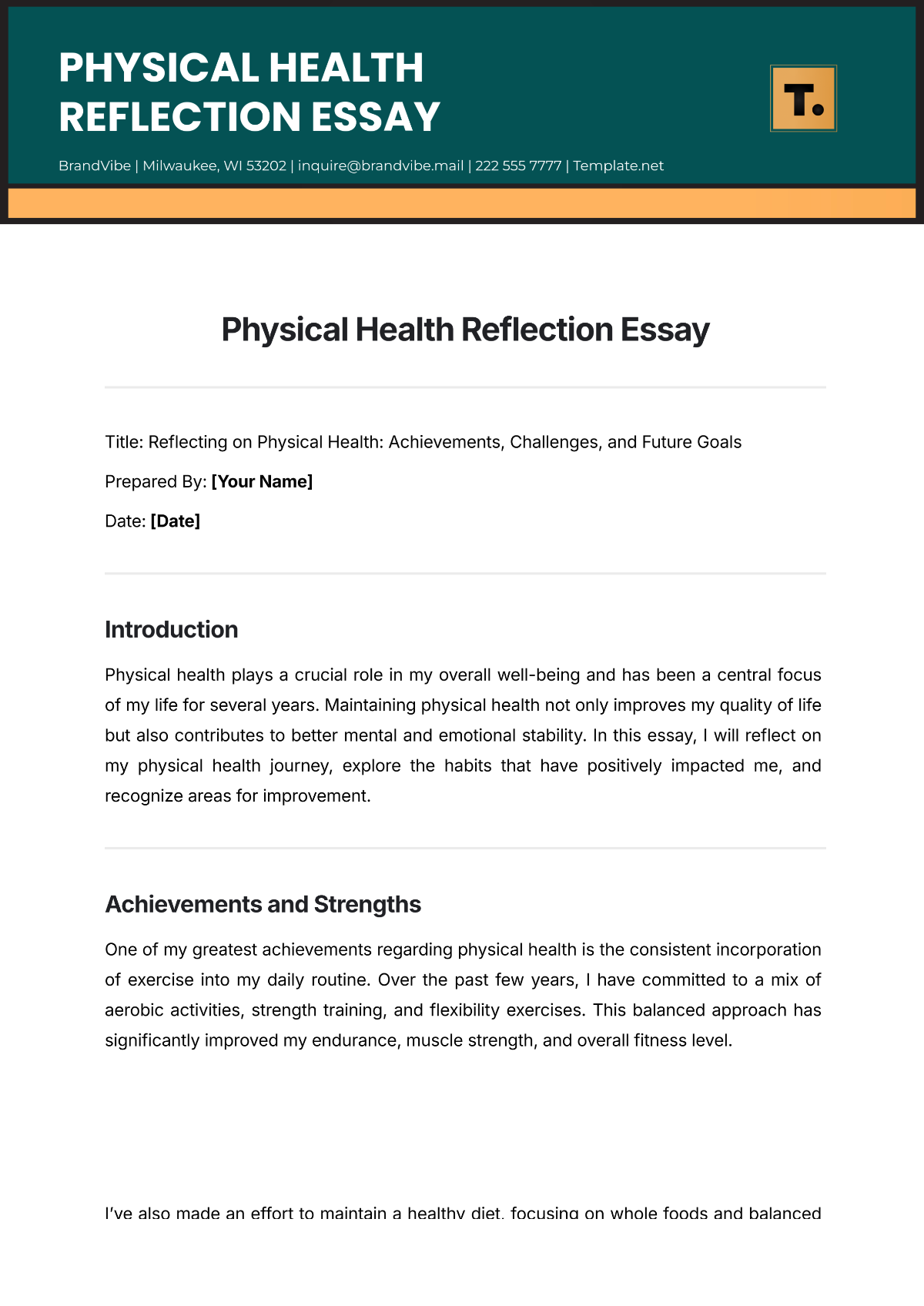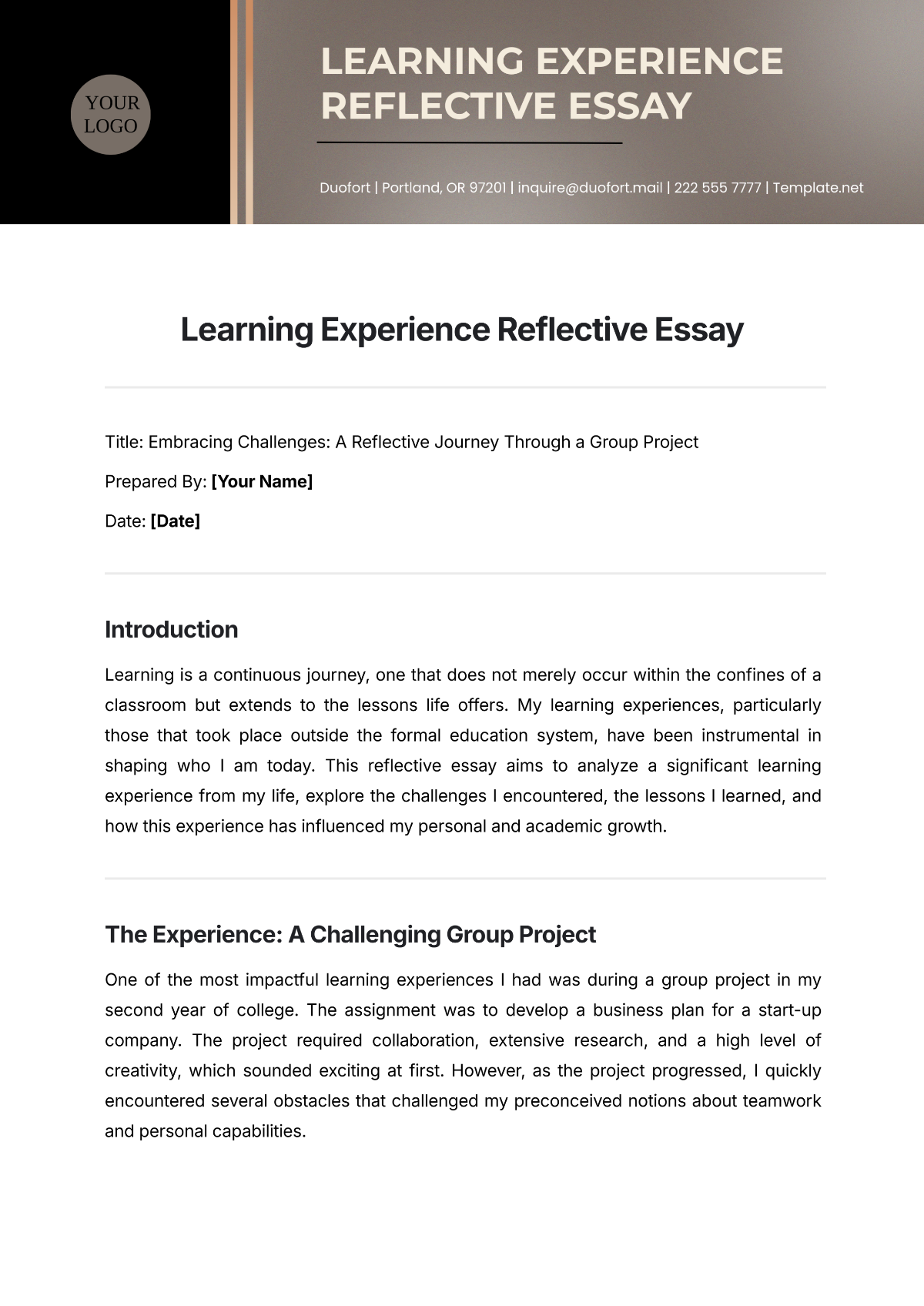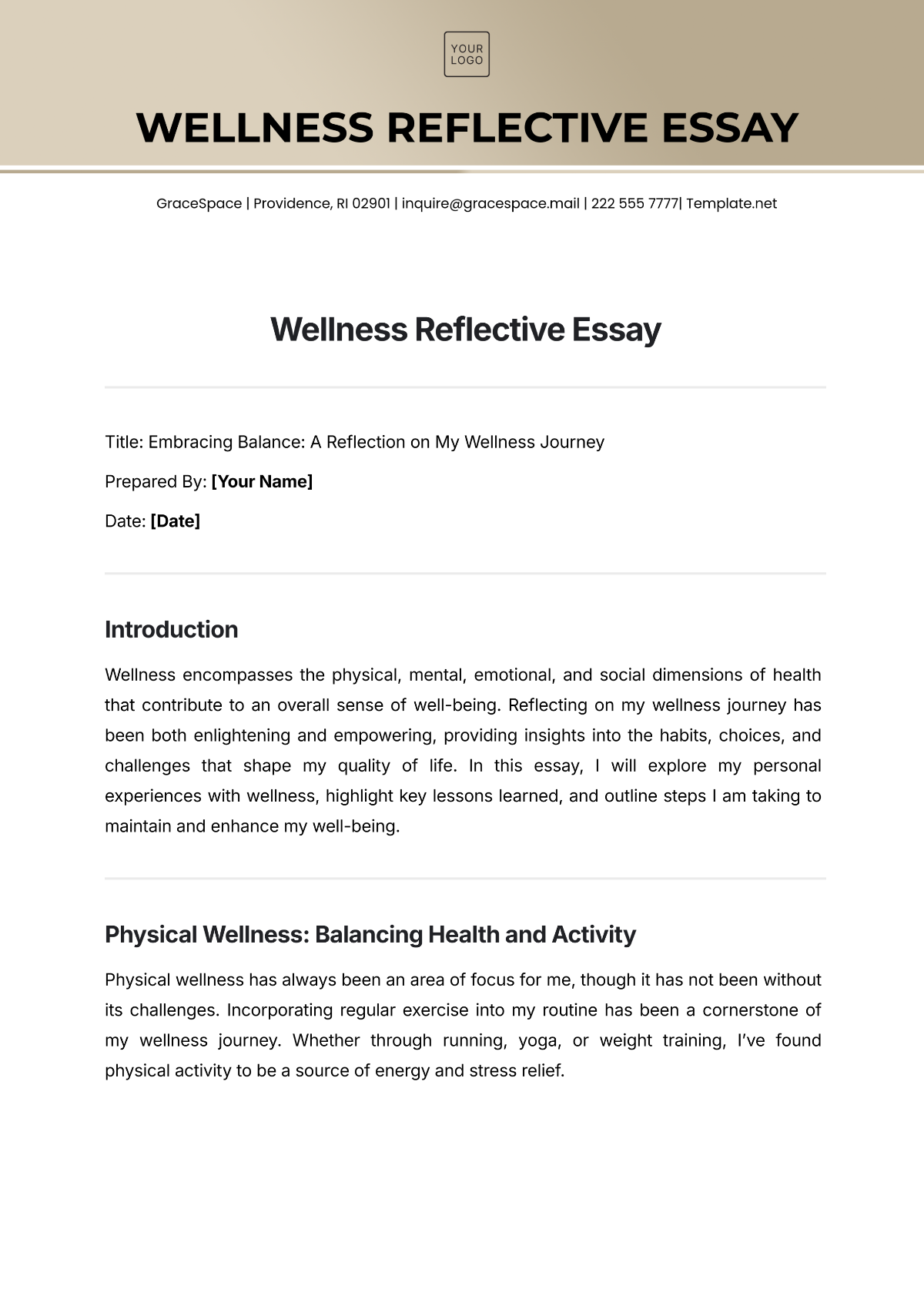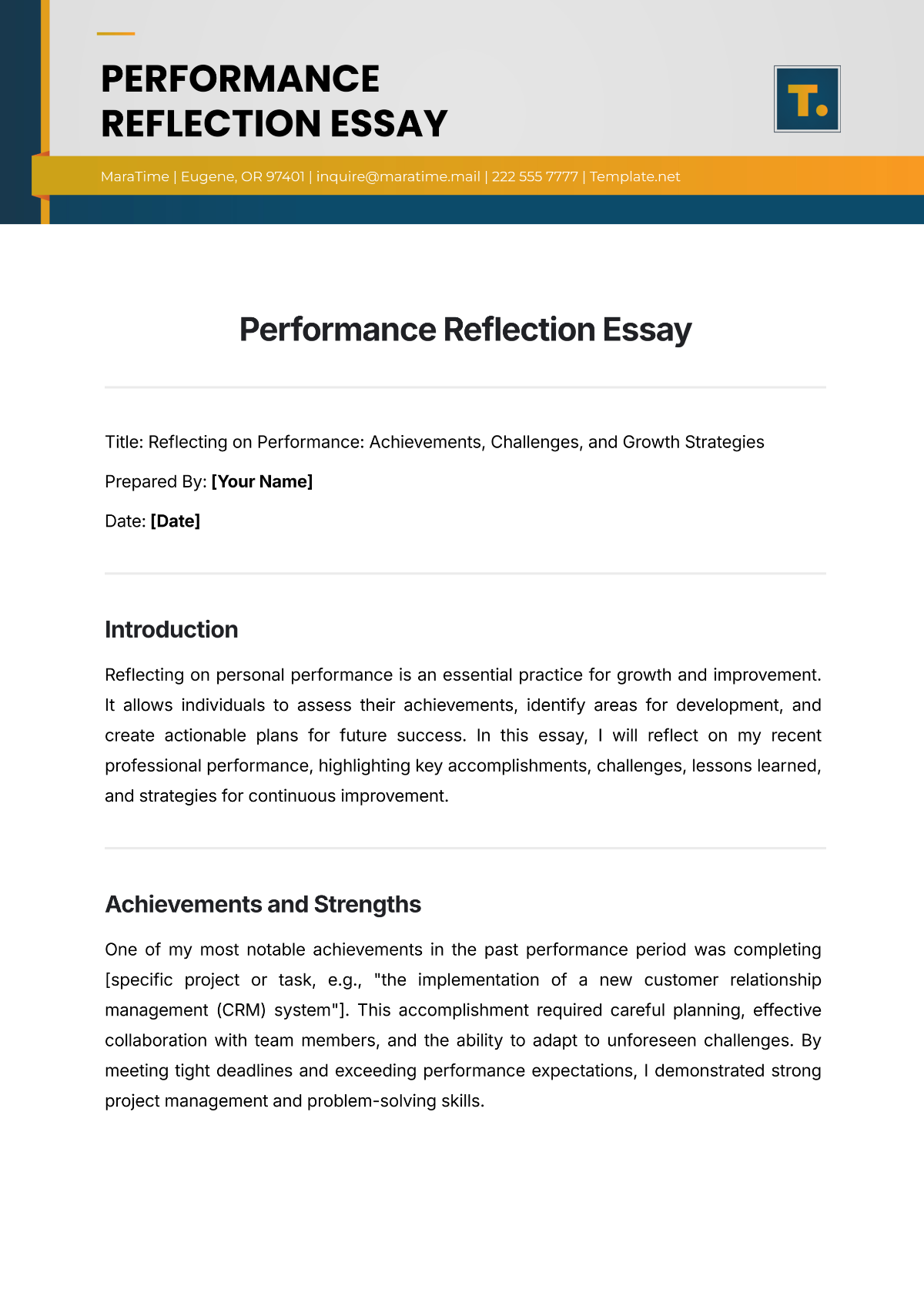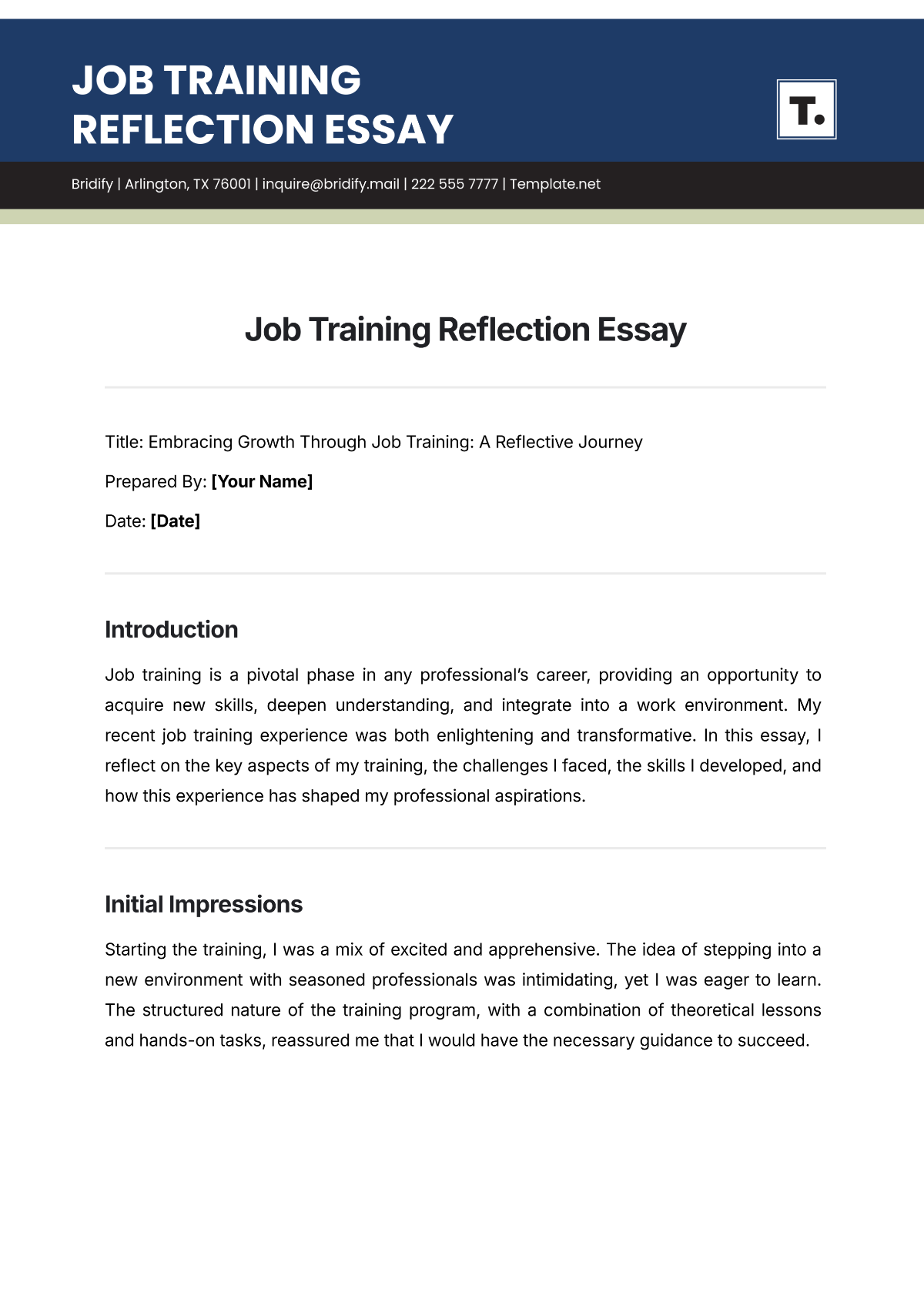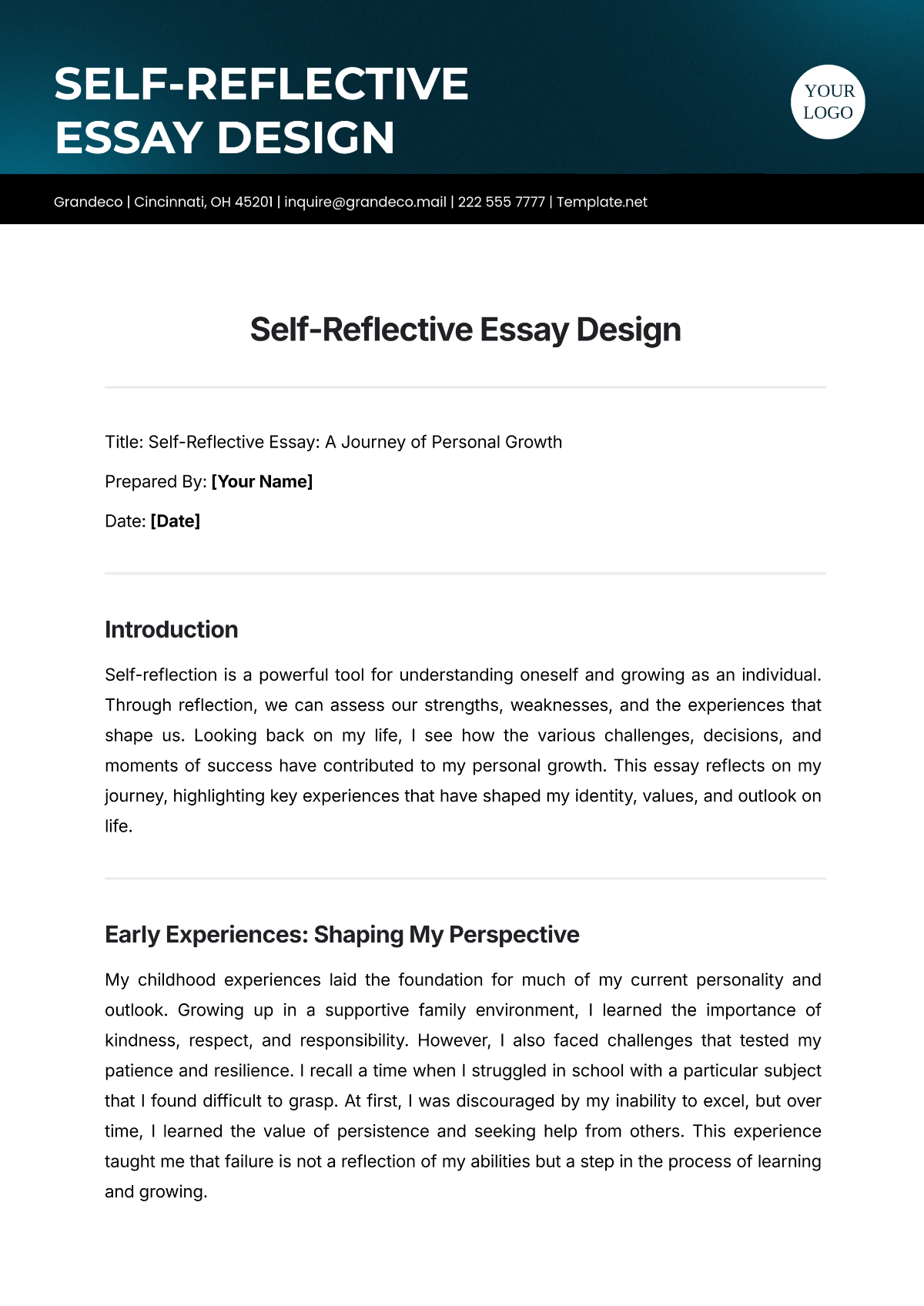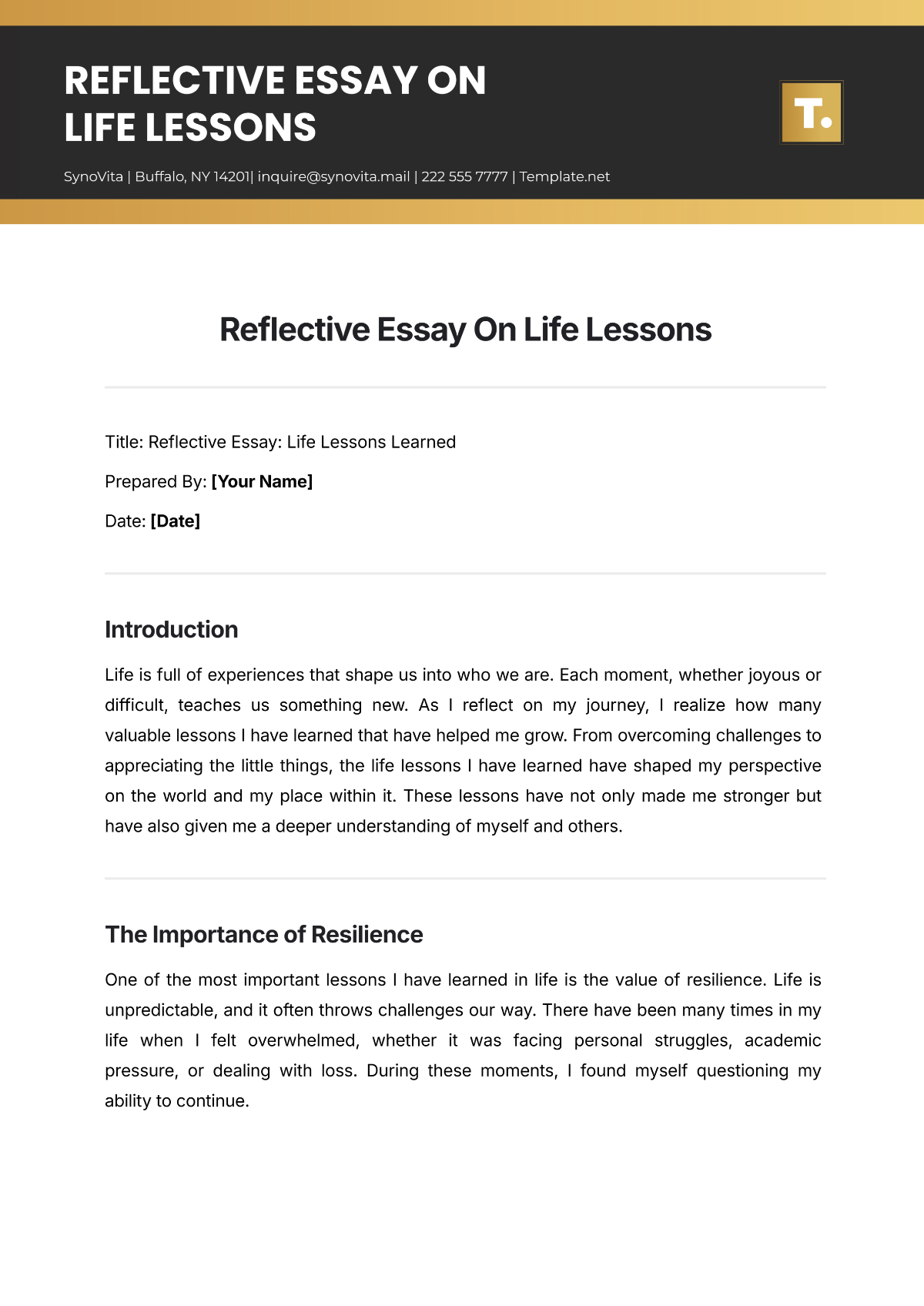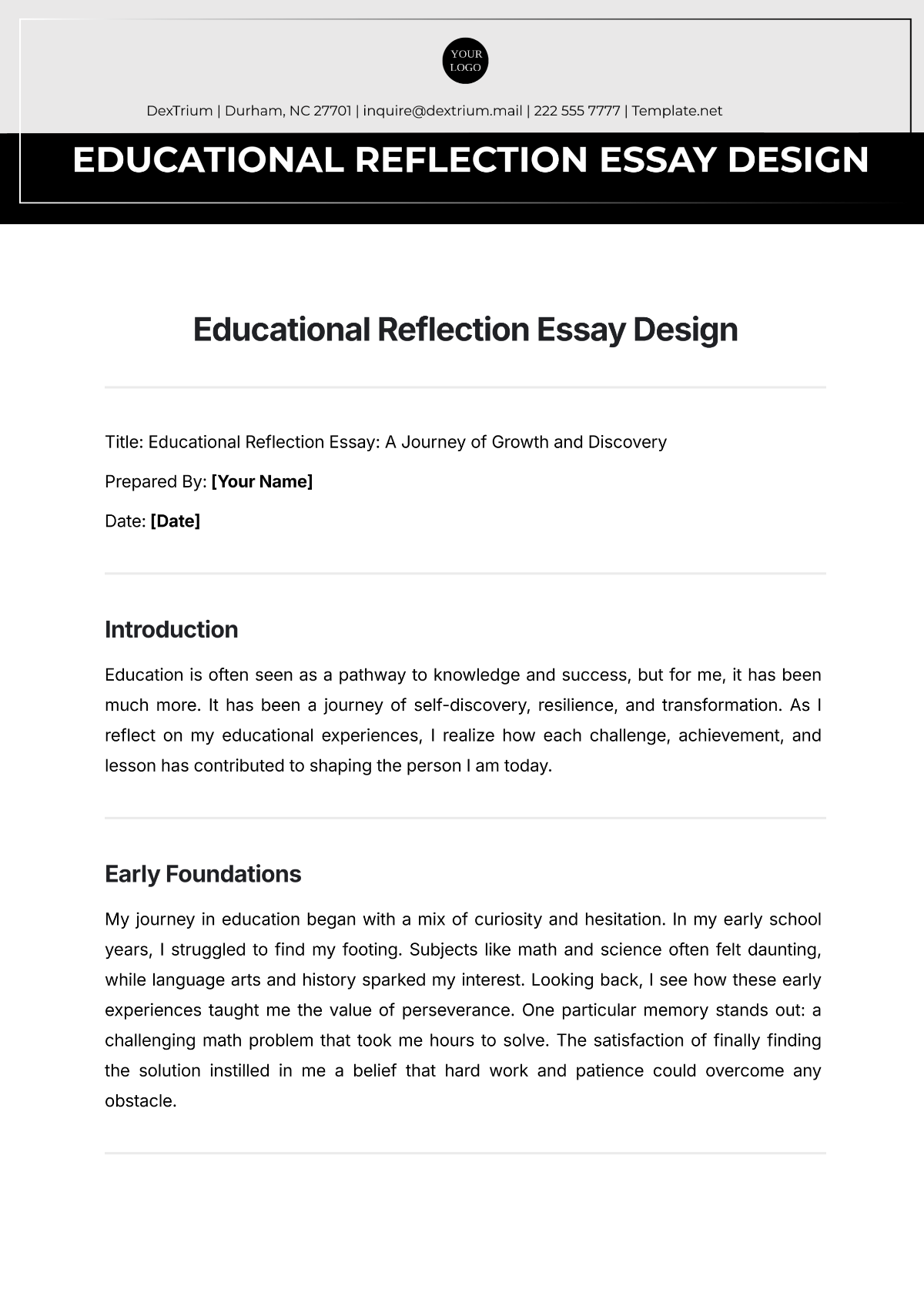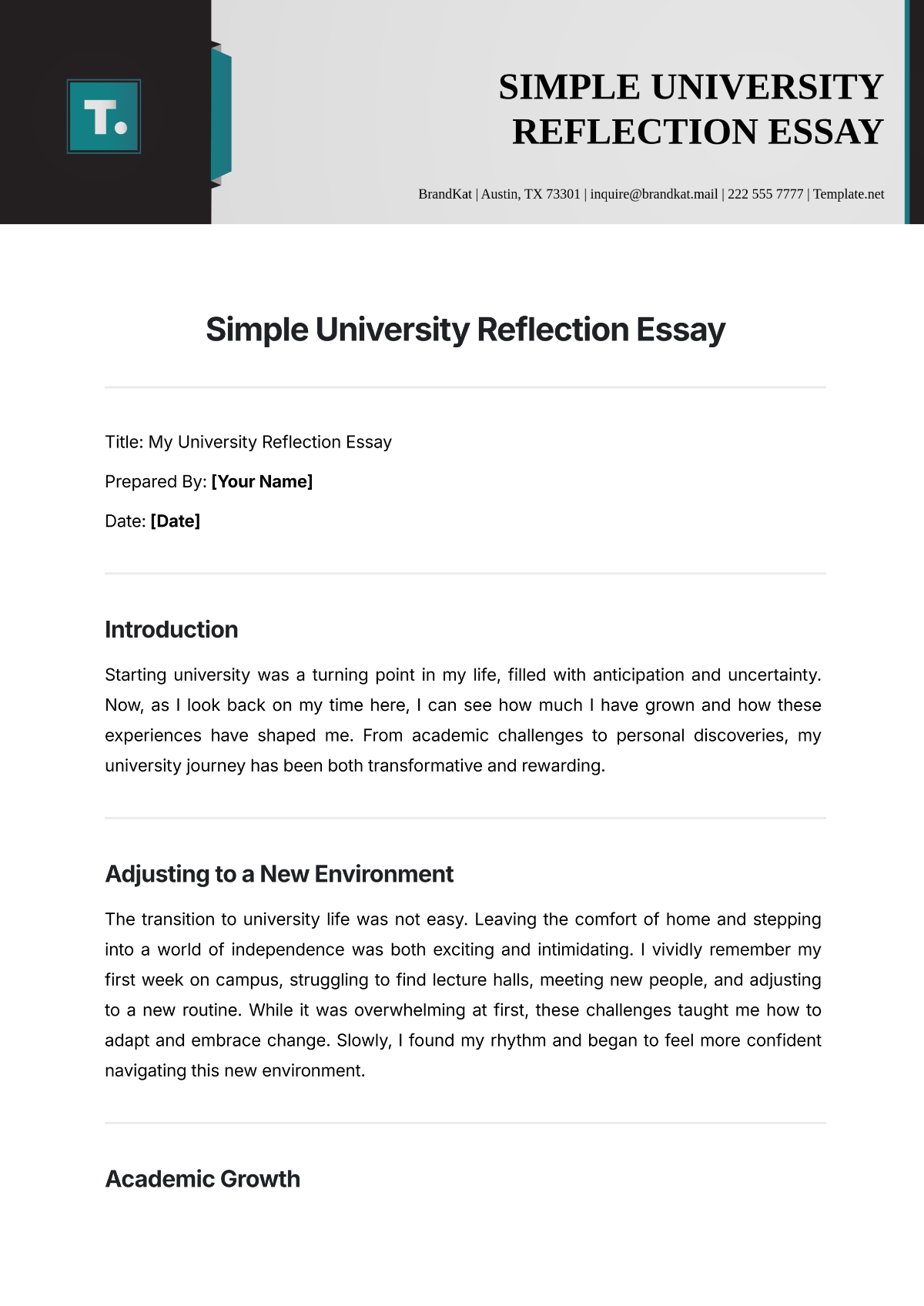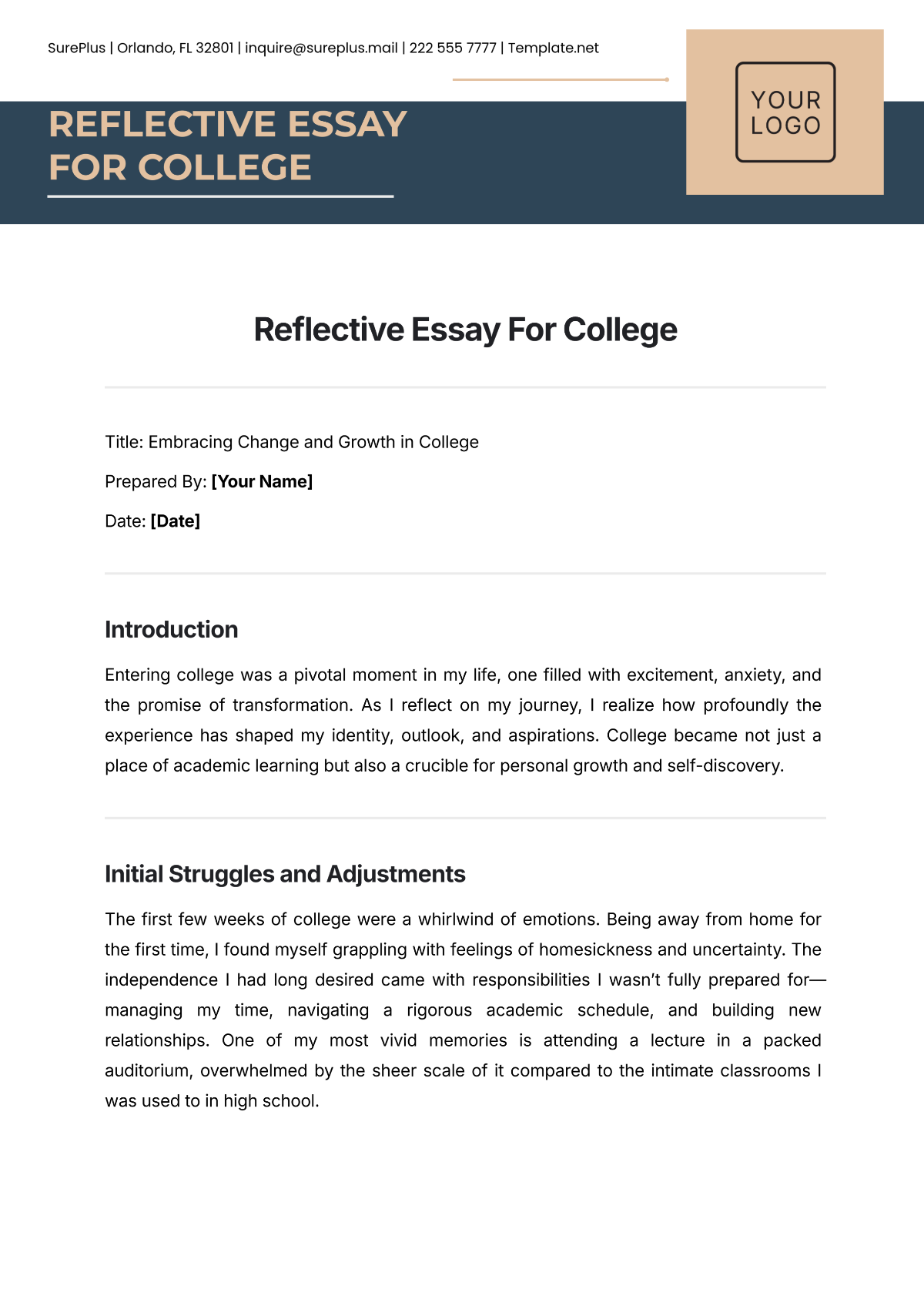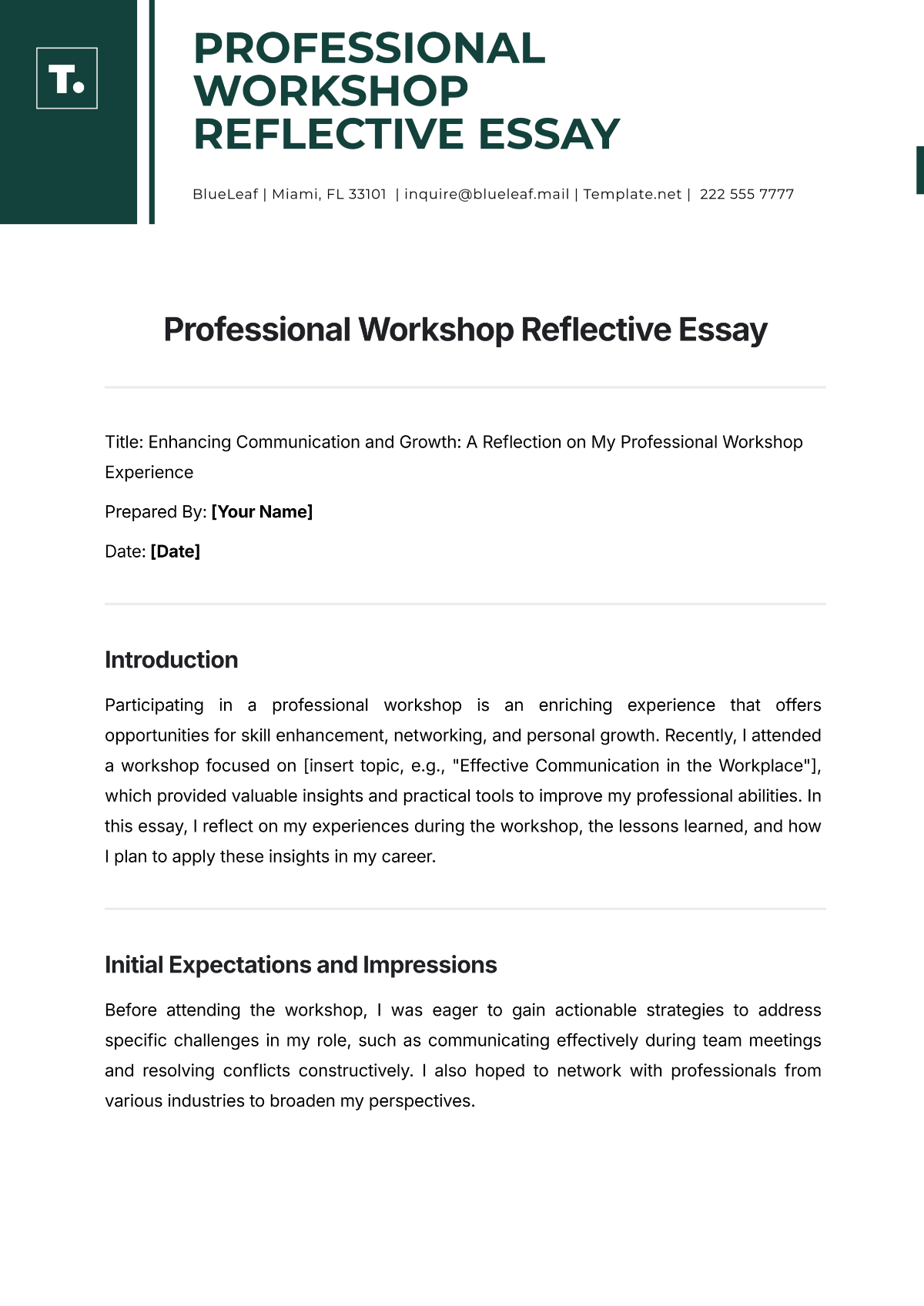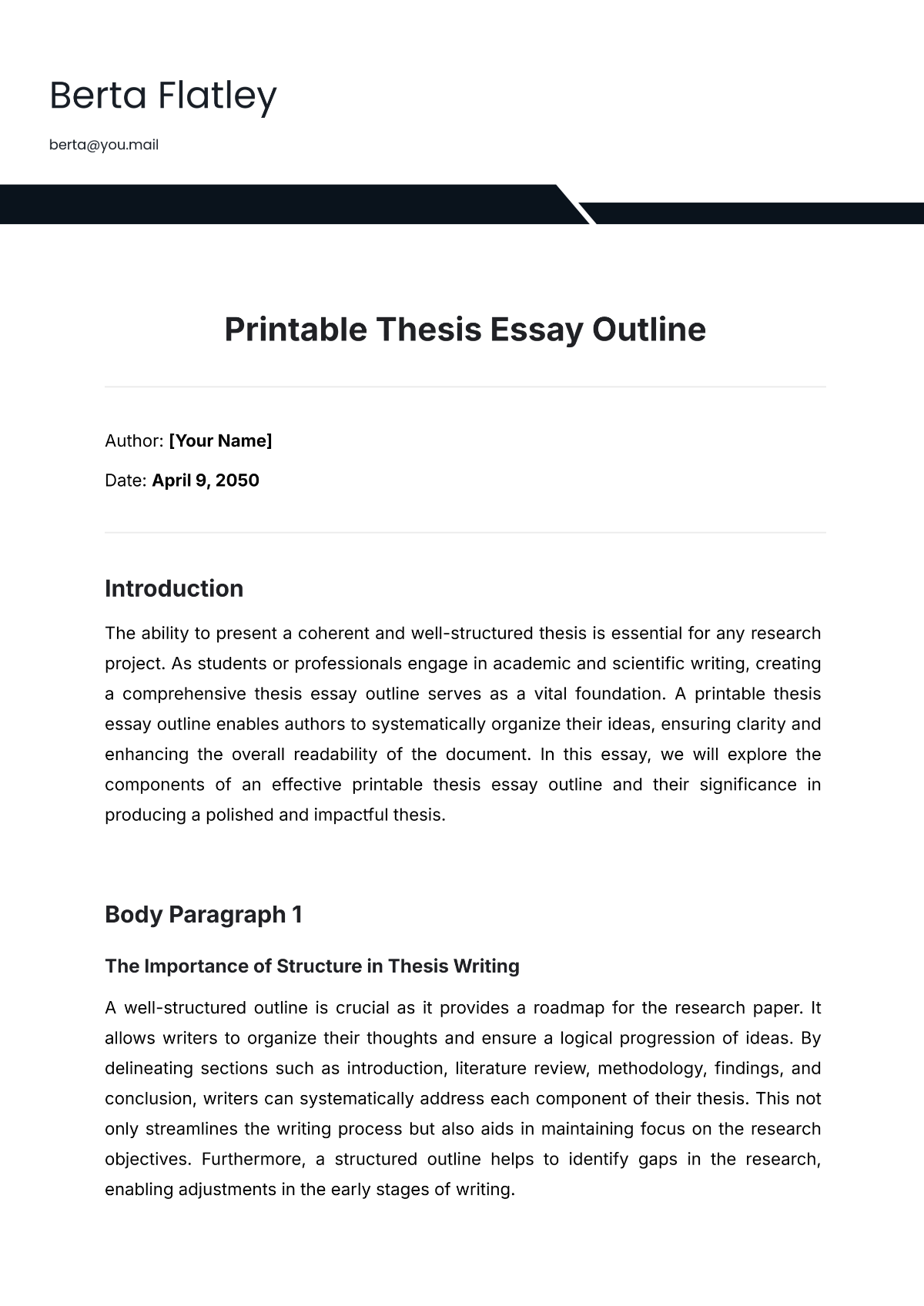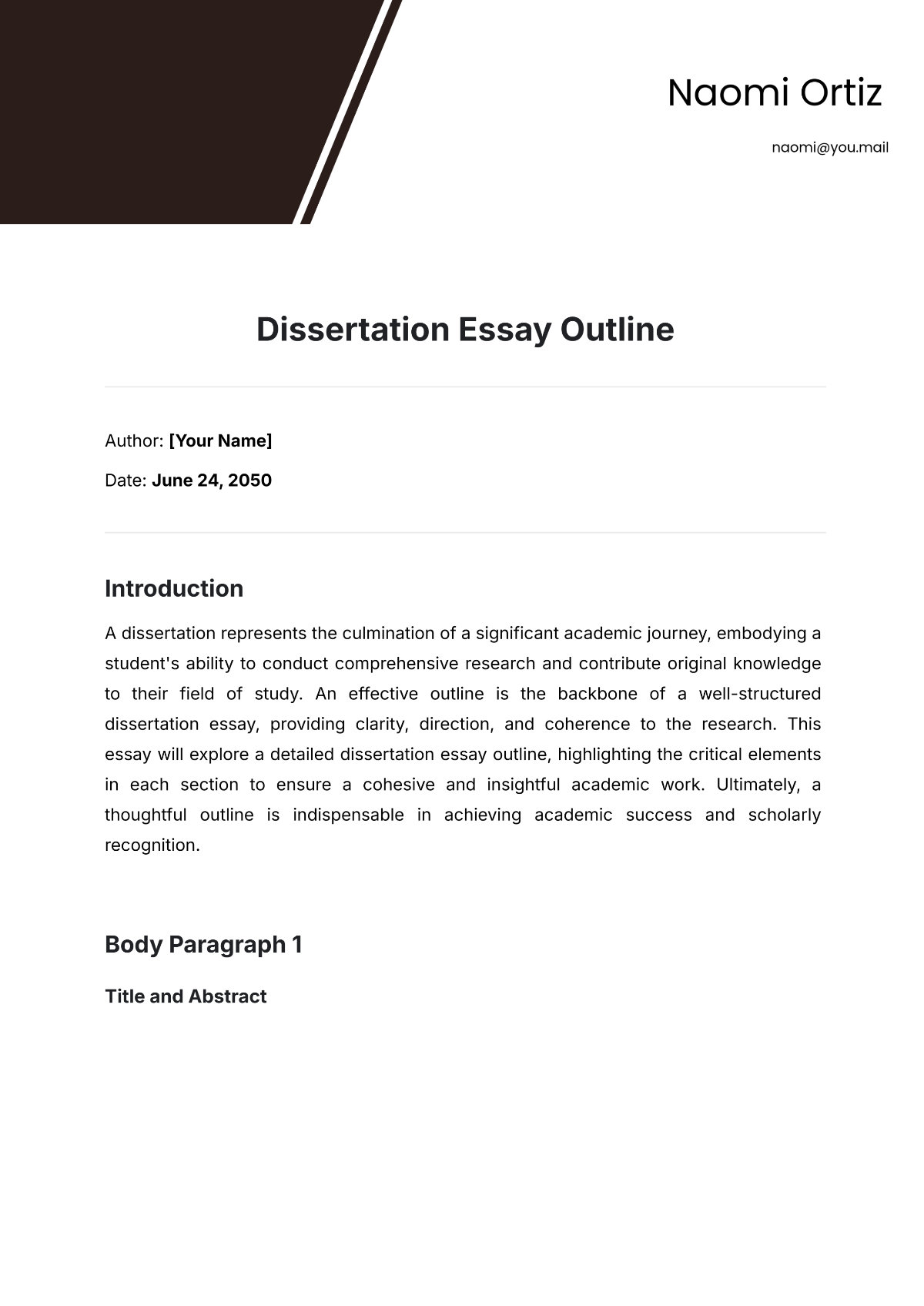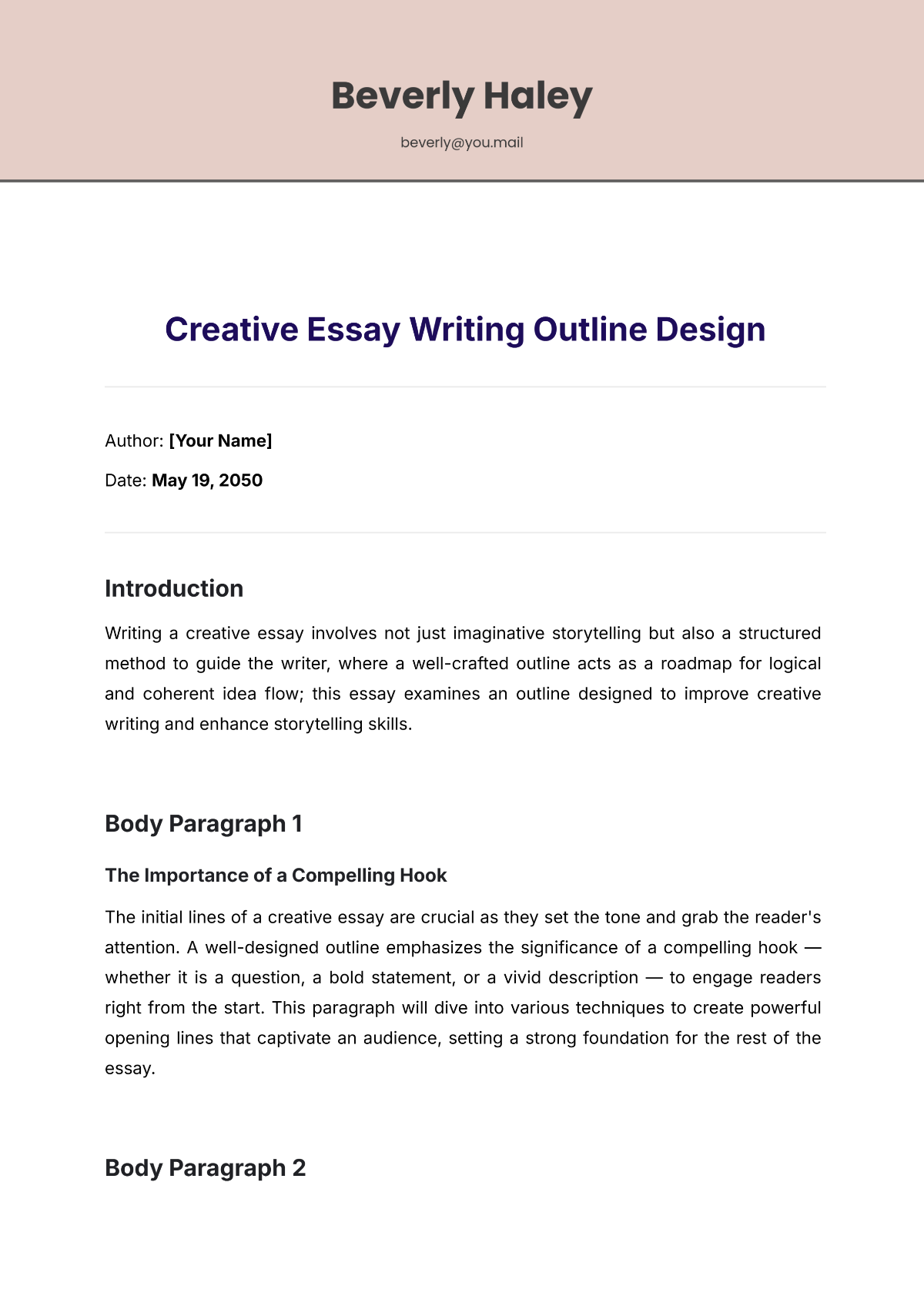Academic Essay for First-Year Students
Written By: [Your Name]
Introduction
An academic essay for first-year students is a fundamental assignment aimed at evaluating their grasp of a topic, their proficiency in articulating an argument, and their competency in written communication. This type of essay commonly includes a clear thesis statement, well-structured supporting arguments, and evidence derived from scholarly sources. It serves to demonstrate the student’s capacity to analyze, interpret, and synthesize information relevant to their coursework. Properly executing this assignment prepares students for more advanced writing tasks in their academic careers.
Body Paragraphs
The Role of the Thesis Statement
The thesis statement is the cornerstone of any academic essay. It presents the central argument or claim that the essay seeks to prove or explore. A well-formulated thesis statement provides a roadmap for the essay, guiding both the writer and the reader through the arguments and evidence that will be discussed. According to Purdue University's Online Writing Lab (OWL), a thesis statement should be specific, concise, and reflect the scope of the essay (Purdue OWL, 2050). By clearly articulating the thesis, students can ensure that their essay remains focused and coherent.
Constructing Supporting Arguments with Evidence
Once the thesis statement is established, the next step is to build supporting arguments. Each main argument should have its paragraph or section, complete with evidence from scholarly sources. Utilizing credible sources such as peer-reviewed journals, books, and reputable websites strengthens the arguments and lends credibility to the essay. The University of North Carolina at Chapel Hill's Writing Center emphasizes the importance of integrating evidence smoothly and citing sources properly to avoid plagiarism (UNC Writing Center, 2050). Proper citation not only enhances the essay's reliability but also demonstrates the student's academic integrity.
Analyzing, Interpreting, and Synthesizing Information
In addition to presenting arguments and evidence, students must demonstrate their ability to critically analyze and interpret the information. This involves examining the implications of the evidence, drawing connections between different pieces of information, and synthesizing them to support the thesis. Critical thinking is a key skill developed through writing academic essays. According to The Harvard College Writing Center, critical analysis requires students to question assumptions, consider alternative perspectives, and explore the broader significance of their topic (Harvard College Writing Center, 2050). By engaging in analysis and synthesis, students enrich their essays and contribute meaningful insights to the academic conversation.
Conclusion
In conclusion, an academic essay for first-year students is a structured written assignment that assesses their comprehension of a subject, their argumentative skills, and their writing proficiency. Through a clear thesis statement, well-founded supporting arguments, and critical analysis, students can create compelling essays that reflect their understanding and engagement with their coursework. Mastering these elements not only enhances their performance on this assignment but also lays the foundation for future academic success.
References
Harvard College Writing Center. (2050). Critical Analysis. Retrieved from https://writingcenter.fas.harvard.edu/pages/critical-analysis
Purdue University's Online Writing Lab (OWL). (2050). Thesis Statements. Retrieved from https://owl.purdue.edu/owl/general_writing/the_writing_process/thesis_statement_tips/index.html
The University of North Carolina at Chapel Hill's Writing Center. (2050). Integrating Evidence. Retrieved from https://writingcenter.unc.edu/tips-and-tools/integrating-evidence/
The Modern Language Association (MLA). (2050). Formatting and Style Guide. Retrieved from https://www.mla.org/MLA-Style
The American Psychological Association (APA). (2050). Publication Manual of the American Psychological Association. Retrieved from https://apastyle.apa.org/


